Restaurant franchises have become a significant part of American consumer culture in the last several decades. Chains like Outback, Friday’s, Applebee’s, Chili’s, Red Robin, and others dominate highway and mall locations. However, seemingly for every success story, there are countless failed chains. Some reached great heights before plummeting down to earth, while other now-defunct restaurant chains could never truly get off the ground. Please pull up a seat, open the menu, and let’s look at some iconic restaurant chains you might not even remember, as well as some that you still might cruise by on your next road trip.
Howard Johnson’s
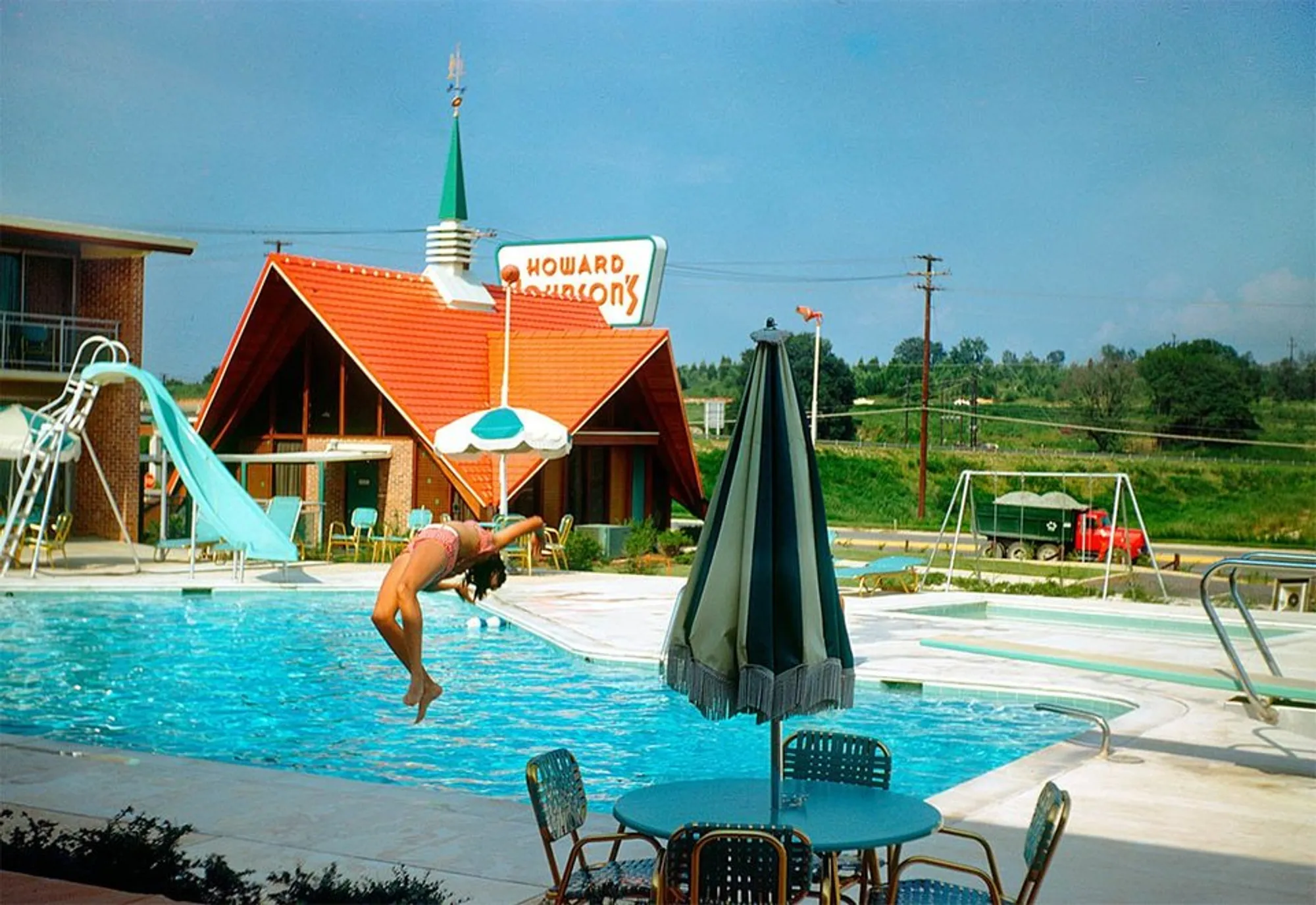
Howard Johnson’s company launched in the 1920s and grew along with American car culture. By the 1960s, over 1,000 of the restaurant/hotel chain’s distinctive orange roofs dotted American highways. However, within a few scant decades, they disappeared. The hotel portion of the business was sold off — still existing in the name — but with none of the classic HoJo design elements. Meanwhile, the restaurants died a slow death. As of 2017, there is only one Howard Johnson still in business.
Kenny Rogers’ Roasters
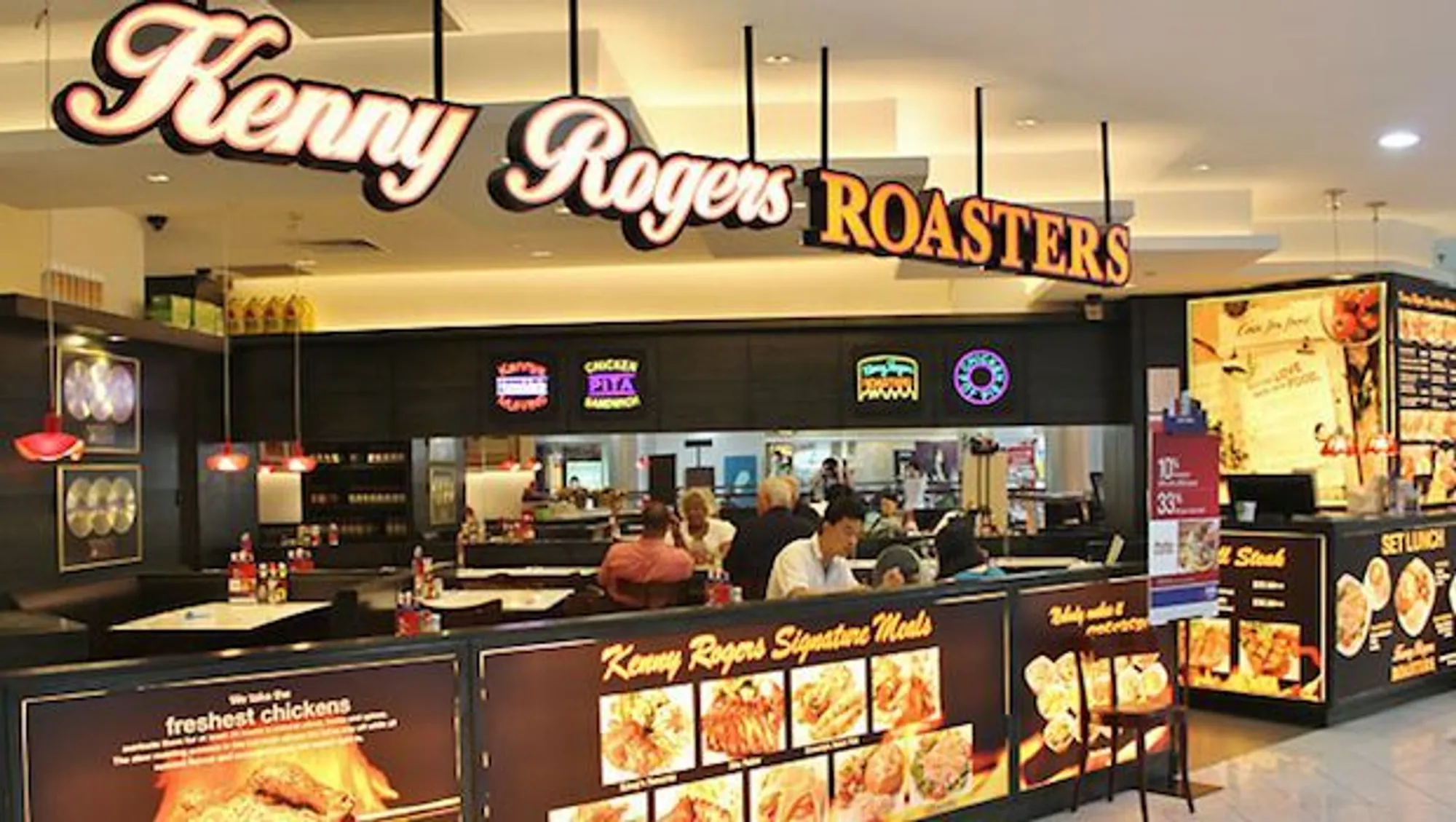
Country singer Kenny Rogers teamed with business partner John Y. Brown to launch this chicken chain in 1990. While the food was popular, they were never able to break into the market and the restaurants were sold off to Nathan’s in 1998. However, the chain was immortalized in a classic episode of the sitcom Seinfeld.
Minnie Pearl’s Chicken
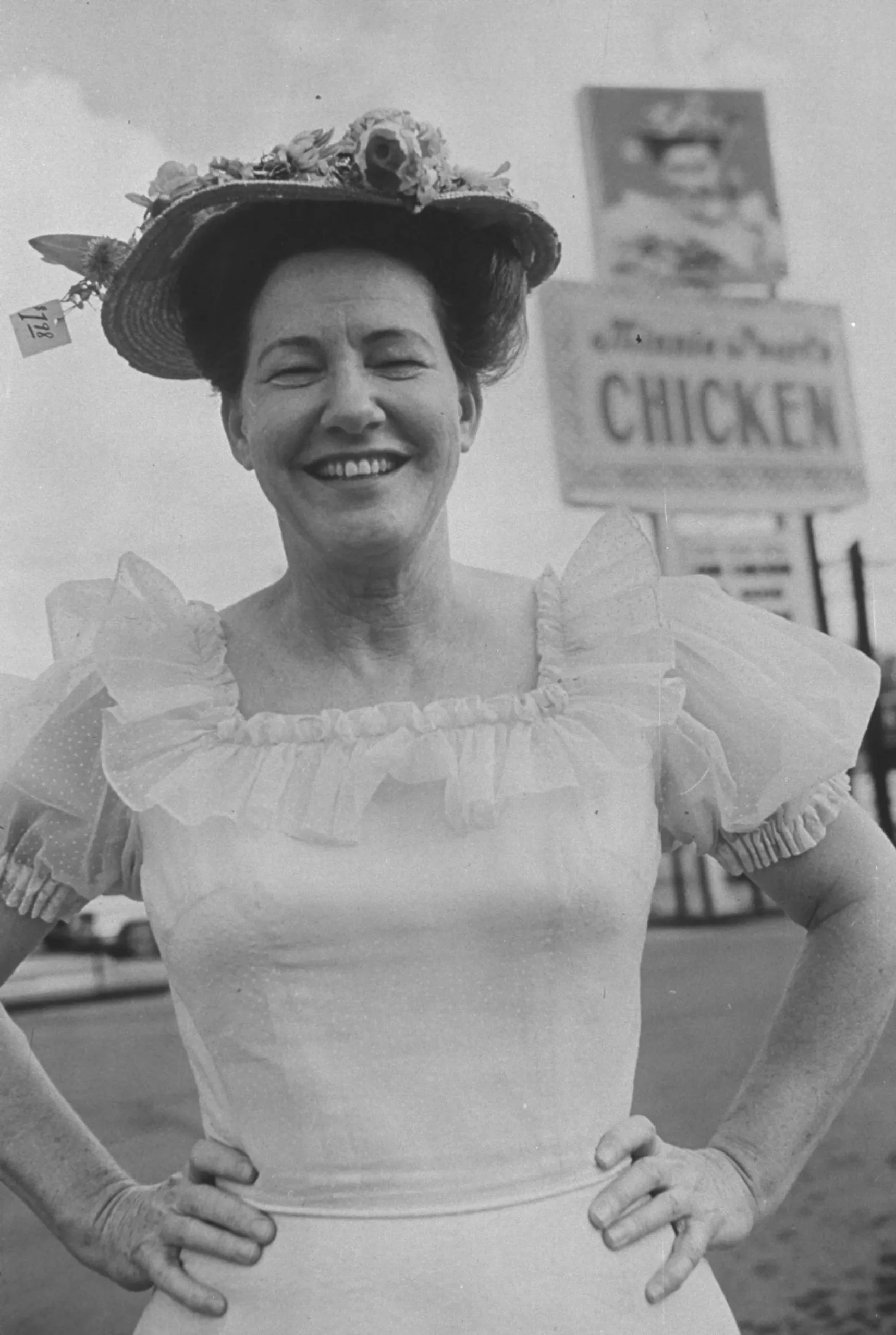
The story of Minnie Pearl’s Chicken has become a cautionary tale for franchisees. In the 1960s, businessman John Jay Hooker teamed with country singer Pearl to launch a chain of restaurants bearing her name. Initially a success, there were nearly 500 locations at one point. However, the lack of a cohesive menu or recipes sabotaged the food, and the whole franchise fell apart within a few years.
The All-American Burger
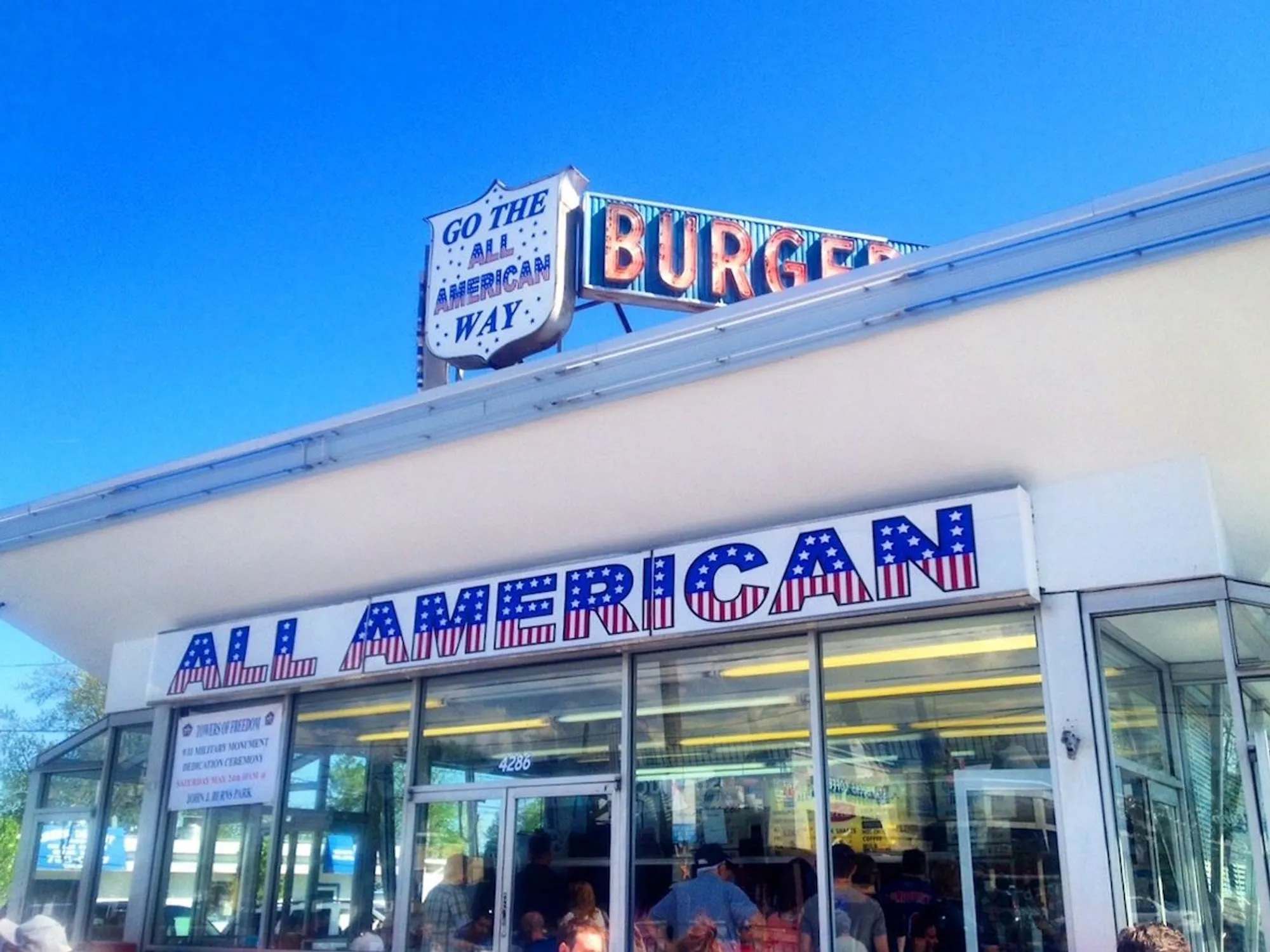
The Southern California All-American Burger chain was never more than a regional fast-food joint. However, it became famous when it was featured in the hit 80s teen film Fast Times at Ridgemont High. The final west coast location closed in 2010. If you’re on the east coast, however, a Massapequa, Long Island establishment using the same name and logos has been open since 1961 and is still serving up delicious burgers to this day.
White Tower
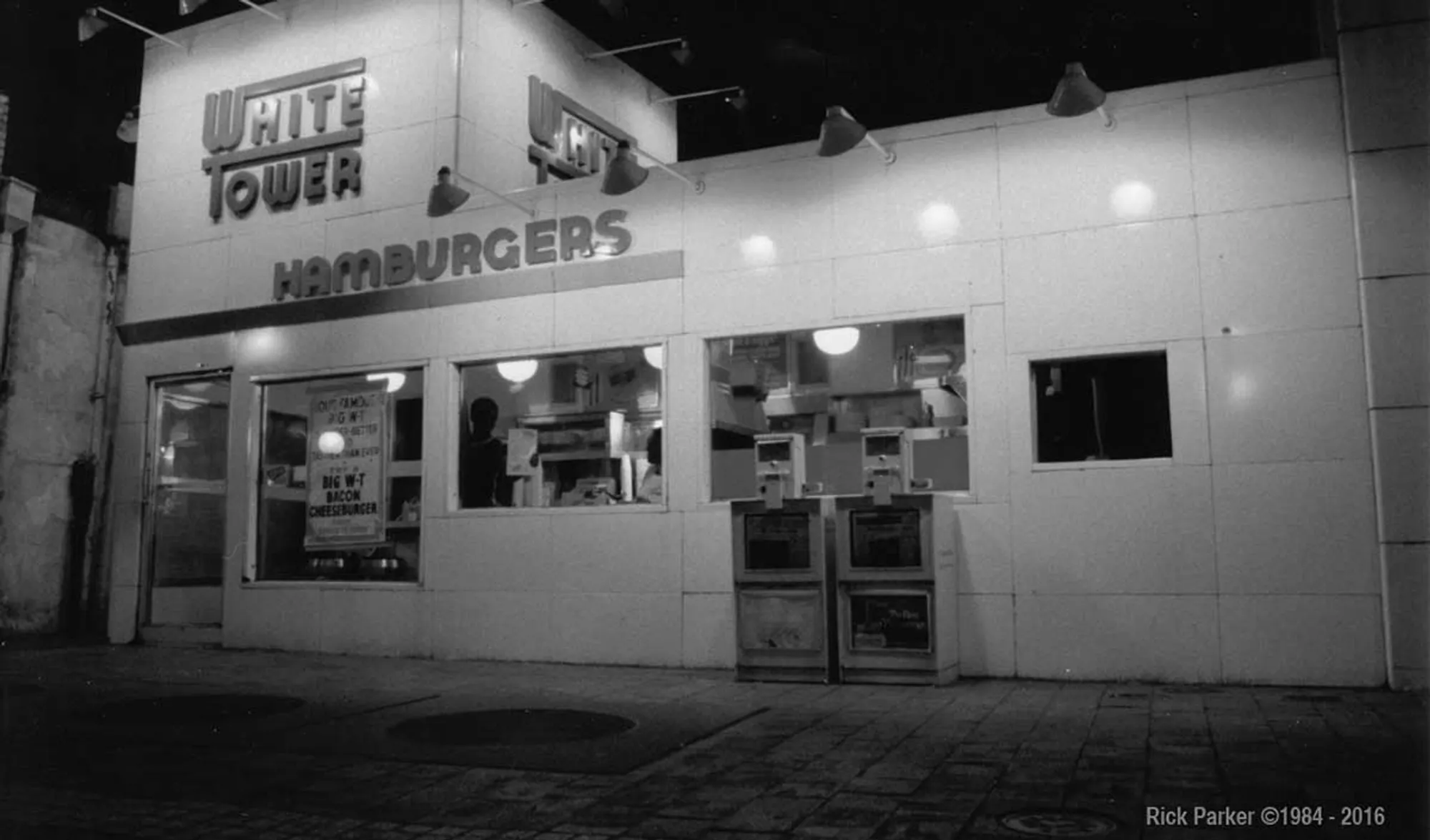
The first White Castle opened in 1921 and became the first popular fast-food chain. As is prone to happen in business, numerous imitators quickly opened. One of these knockoffs was known as White Tower. Opened by John E. Saxe and his son, Thomas, White Tower copied White Castle’s menu, style, advertising, and even architecture. At its height, there were 230 White Towers, but the chain died after legal action from White Castle forced them to make significant changes.
Chi-Chi’s
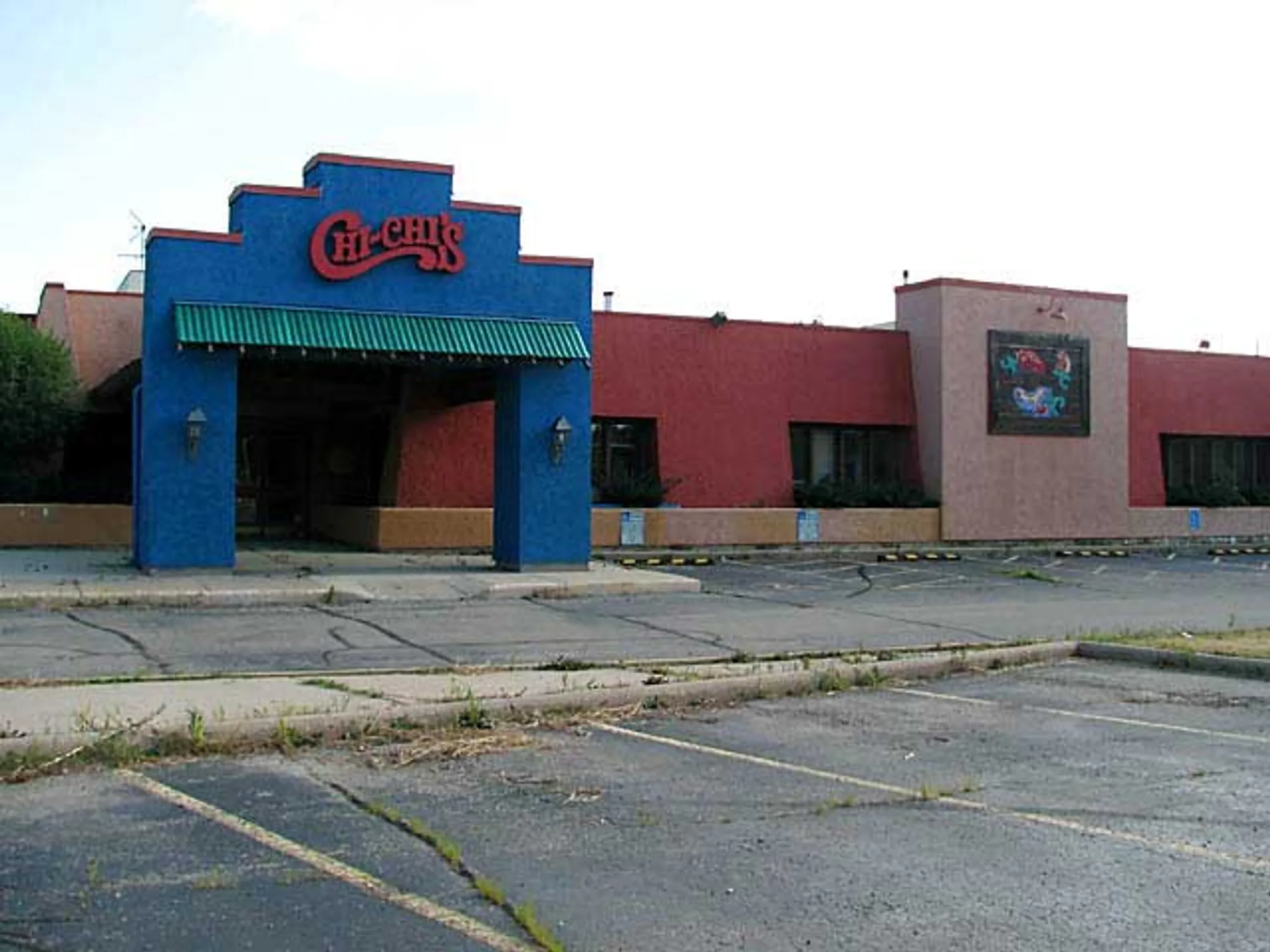
Chi-Chi’s was launched in the 1970s by Marno McDermitt and NFL star Max McGee. The chain quickly grew, introducing a rudimentary menu of Mexican-style food to many American towns. However, as the popularity and variety of Mexican restaurants grew, Chi-Chi’s began to die out. The death knell for the franchise came in 2003 when a Hepatitis outbreak in the food supply led to three customer deaths.
Lum’s
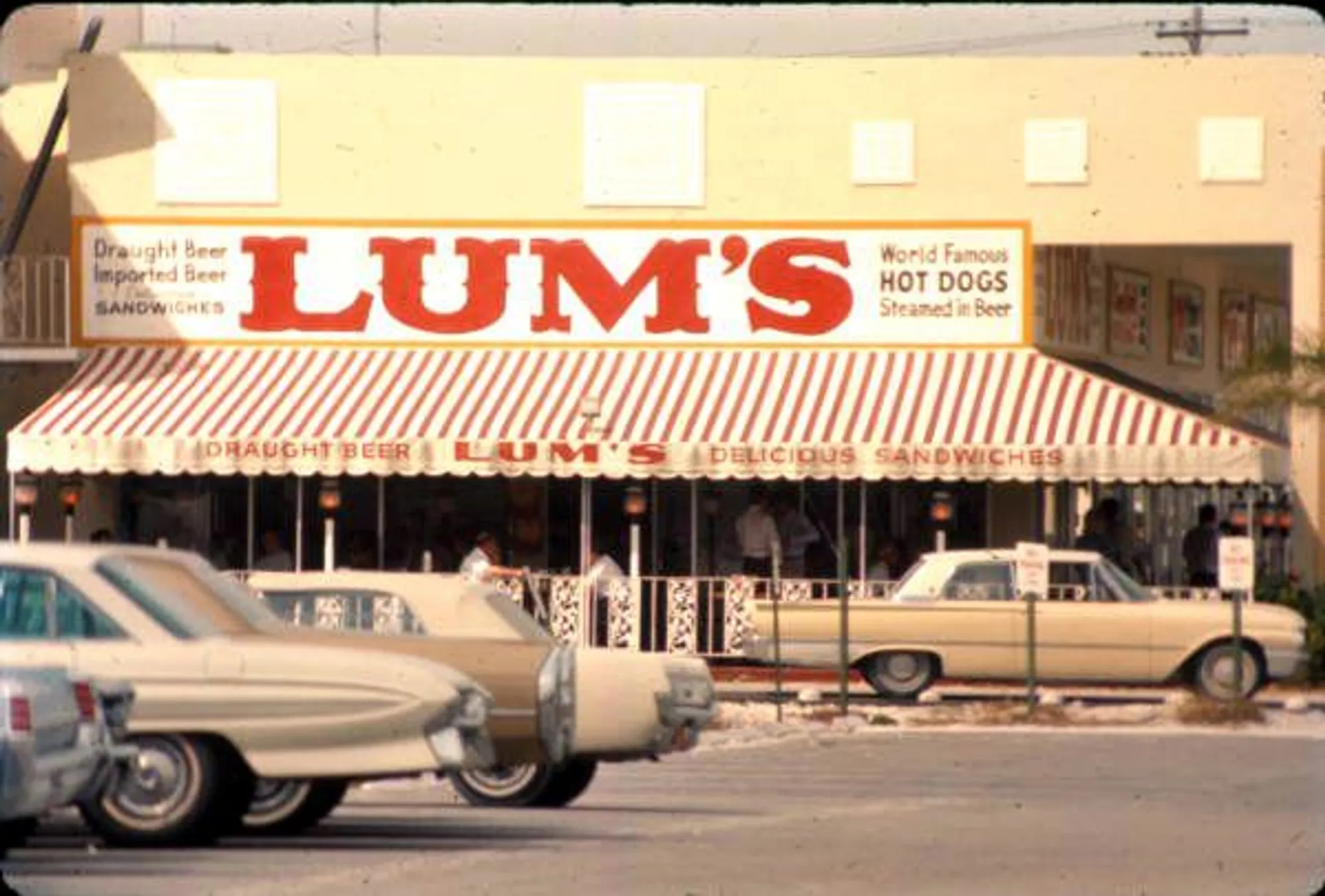
Brothers Clifford and Stuart Pearlman launched Lum’s in Florida in 1956. The chain’s “beer-steamed” hot dogs and distinctive glass-doored storefronts made it popular enough to support 400 locations at one point. The Pearlman’s eventually sold the chain to KFC for $4 million. The brand was eventually phased out, with the final Lum’s closing in 2009.
Steak and Ale
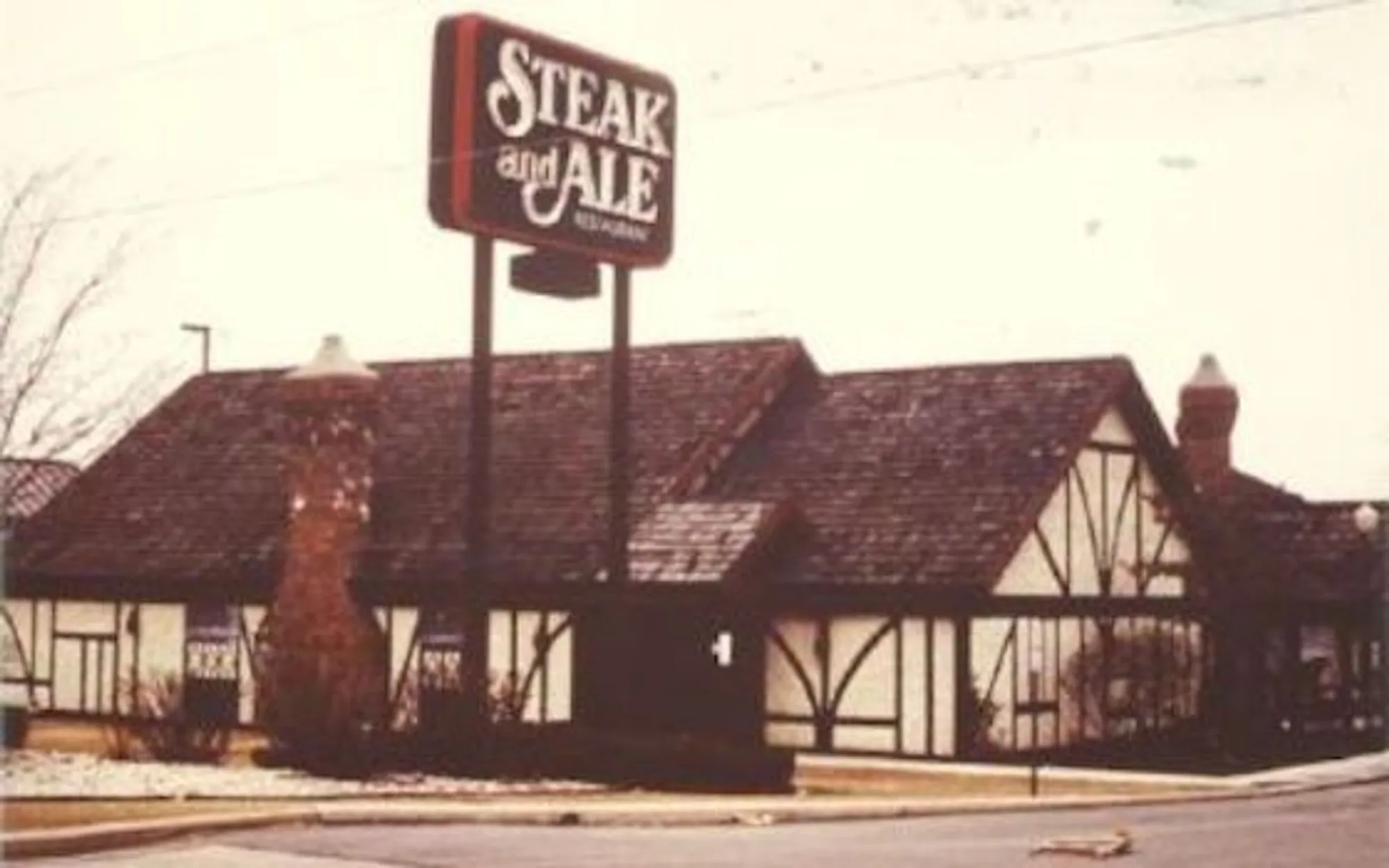
Steak and Ale were ahead of their time. Much like Chi-Chi’s, it introduced a whole concept — cheap steak and a salad bar — to the American marketplace. The concept was an immense success, however, the chain fell victim to its success. Others took the model and improved upon it, leaving Steak and Ale in the dust. The chain’s final locations closed in the early 2010s. However, the parent company of Bennigans has purchased the Steak and Ale name and appears poised to bring it back according to their website, which states, “Once revered for its succulent Prime Rib, warm bread, and bountiful salad bar, Steak and Ale are poised for an epic comeback. Redefined as a 21st Century polished-casual concept, while retaining the signature elements that made it an American classic, the new Steak and Ale will once again set the standard for affordable steakhouses. Guided and supported by an expert operations and management team, qualified franchisees have the opportunity to generate immediate consumer loyalty by bringing back a beloved restaurant blessed with decades of goodwill and brand equity. The new Steak and Ale, offering a polished casual experience at a casual dining price point, is positioned for phenomenal growth.”
Valle’s Steak House
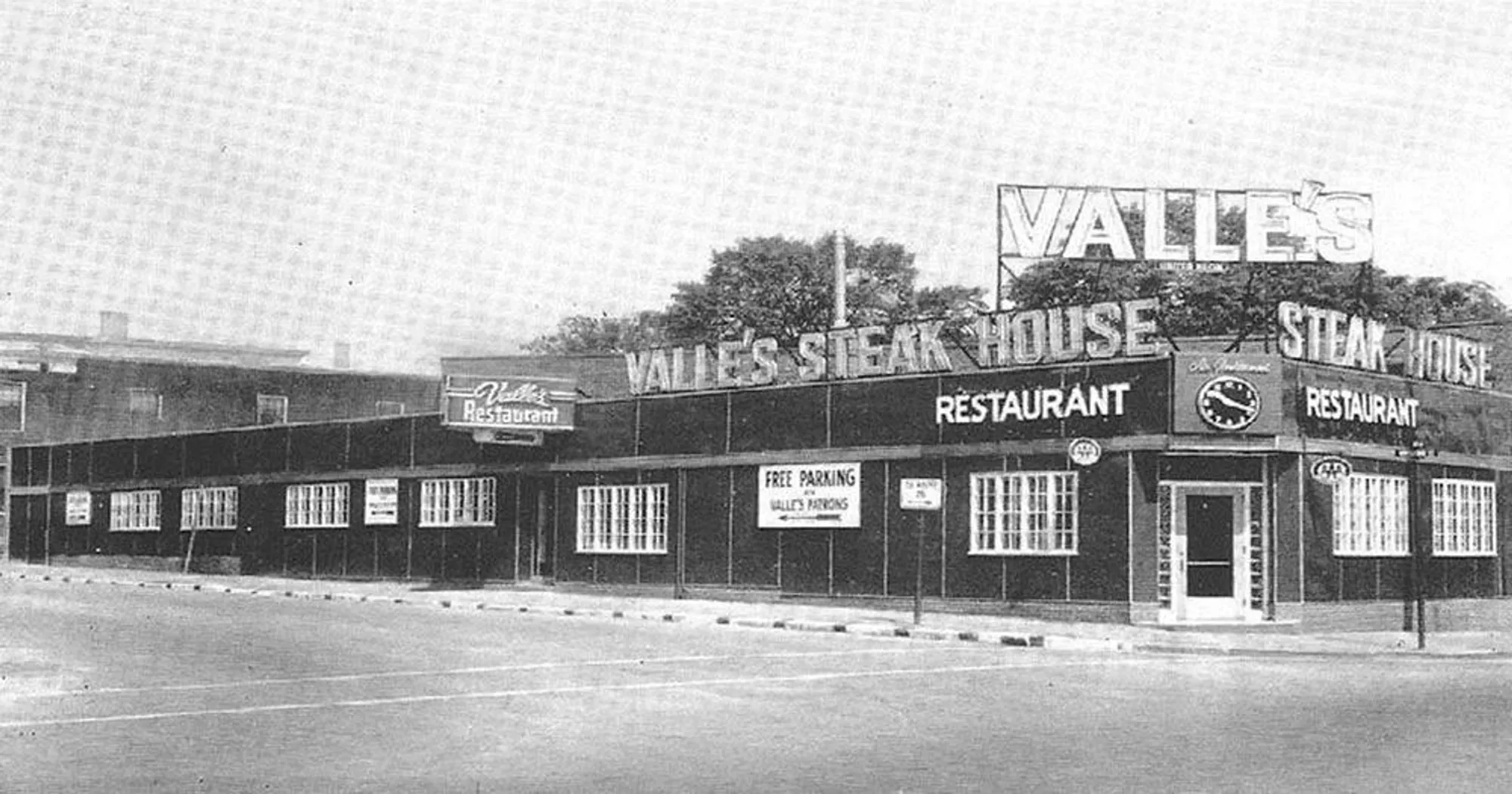
Valle’s Steak House was its name, lobsters and steak was its game. Valle’s was an East Coast chain that saw good business from 1933 until the Millenium. The weakened economy that followed the 1970s gas crisis sealed its doomed destiny, however. It has been missed, as proven by eBay sales of artifacts from the chain.
Gino’s Hamburgers
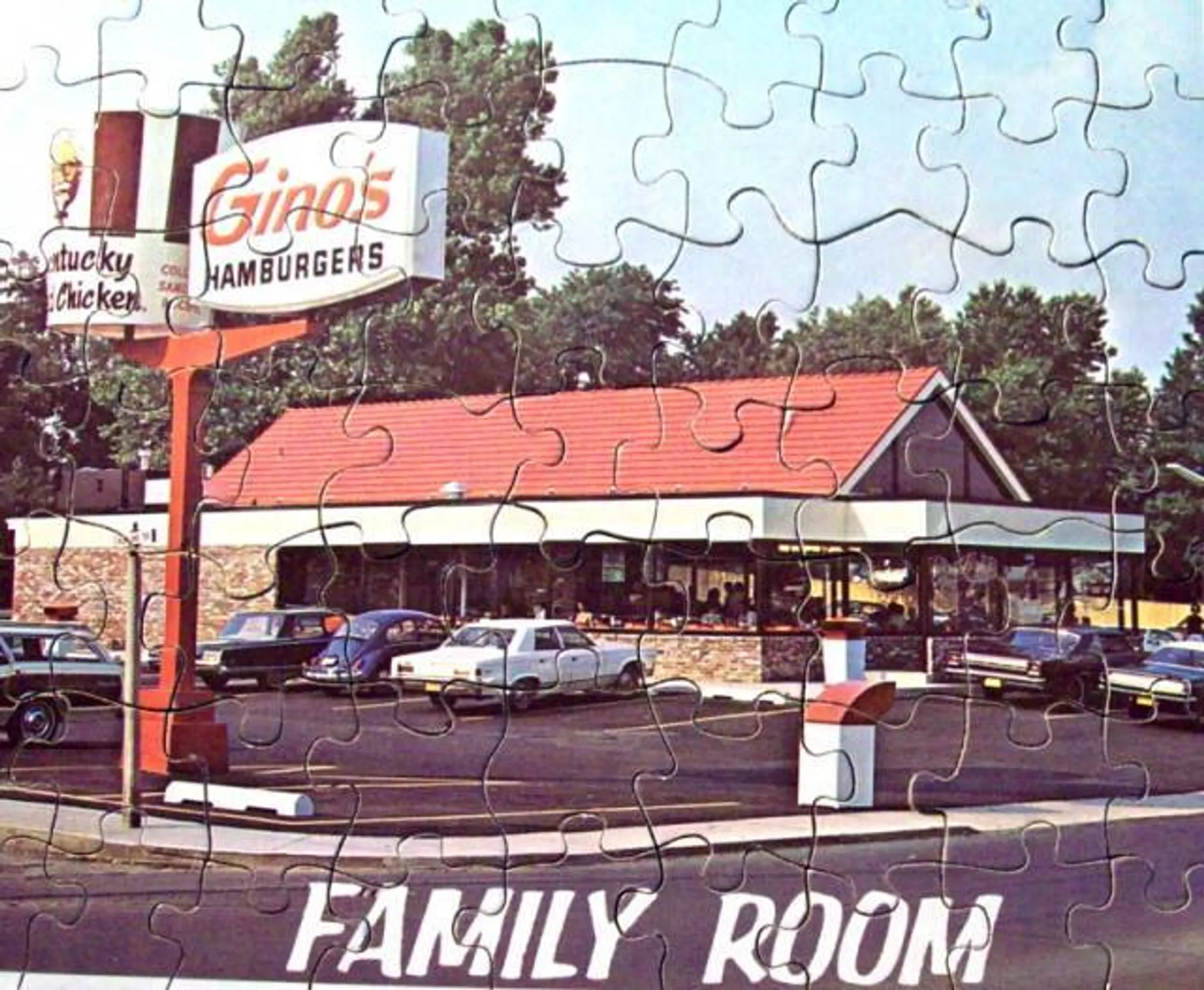
Football Hall of Famer Gino Marchetti opened the first Gino’s Hamburgers in 1957. By the 70s, he had over 300 locations and held the franchise rights for selling Kentucky Fried Chicken in the Mid-Atlantic States. Marchetti sold the chain to Marriott in the early 1980s, and the hotel chain quickly turned all the Ginos into Roy Rogers. In 2010, he returned to the restaurant business, opening up a new Gino’s location.
Burger Chef
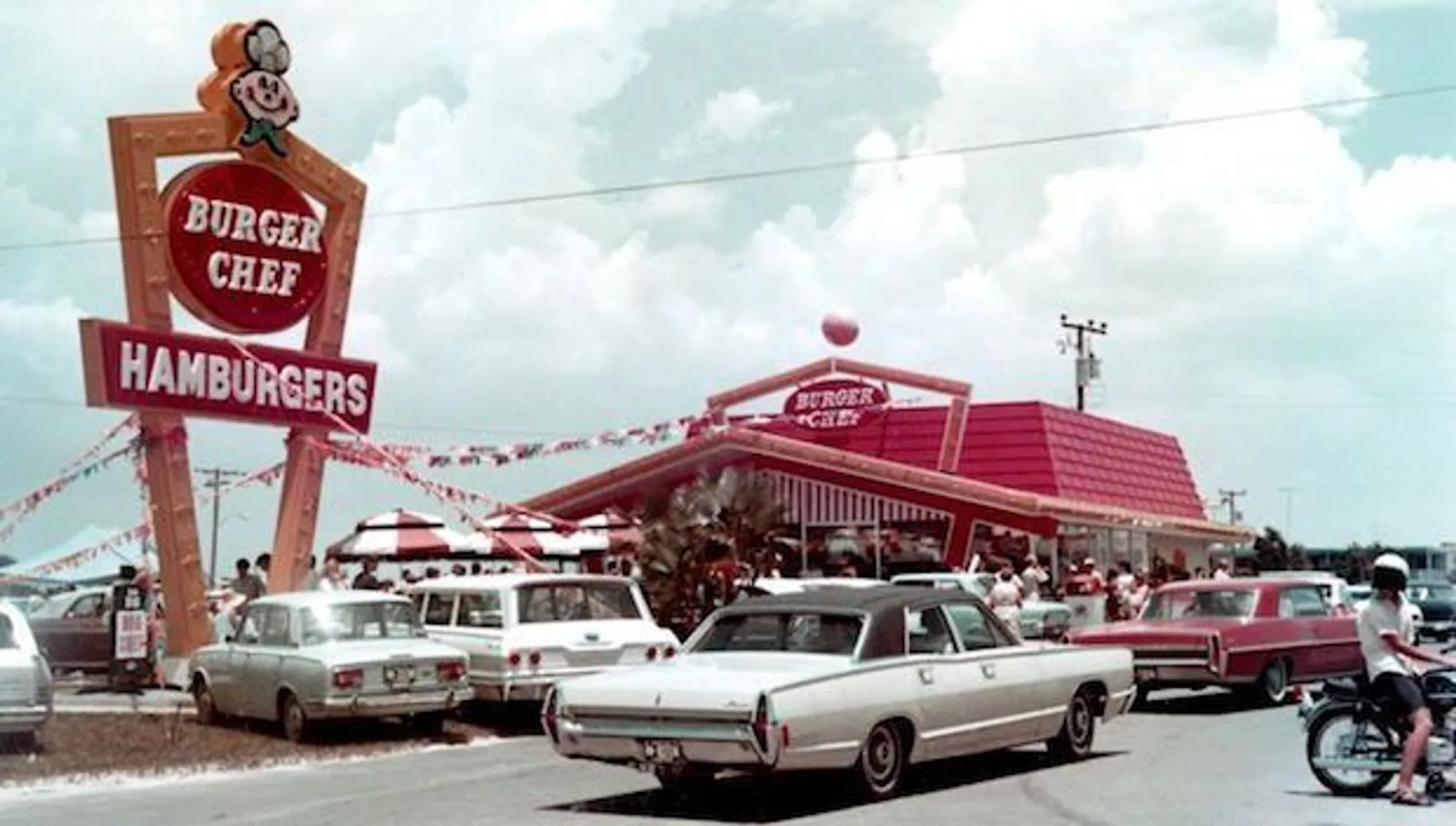
At one time, Burger Chef had over 1,000 locations and rivaled Mcdonald’s. The chain also introduced several fast-food staples to the industry, including kids’ meals with toys. However, they were doomed by bad business practices, and Burger Chef was sold to Hardee’s in 1981.
Mr. Steak
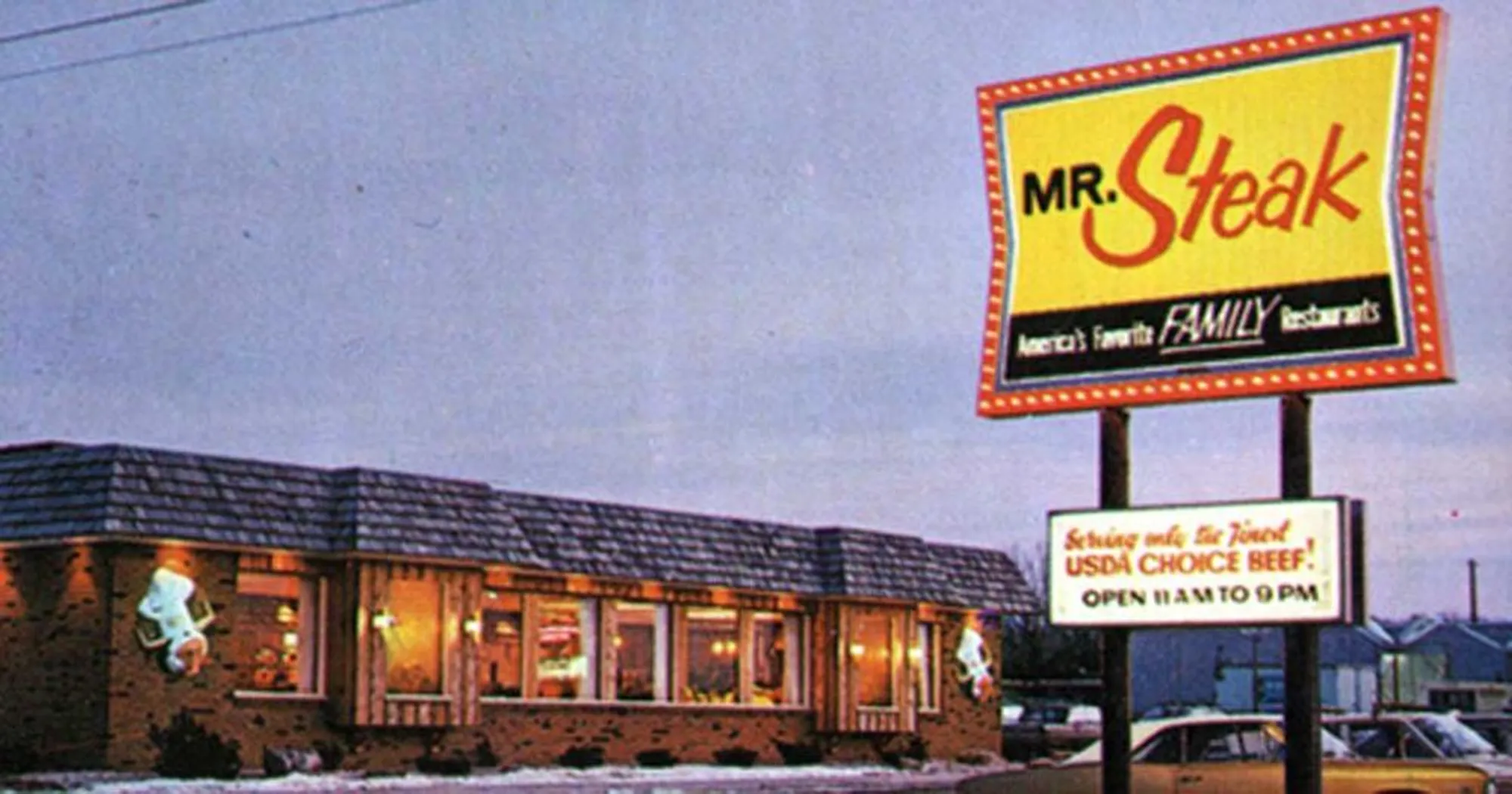
Mr. Steak was a chain of steakhouses that were popular in the 70s. These steaks unfortunately weren’t juicy enough to withstand increasing competition from upstart steakhouse chains like Sizzler and Stuart Anderson’s Black Angus and therefore folded after bankruptcy in 1987. At its peak, the chain operated nearly 300 locations across the U.S.
Bob’s Big Boy
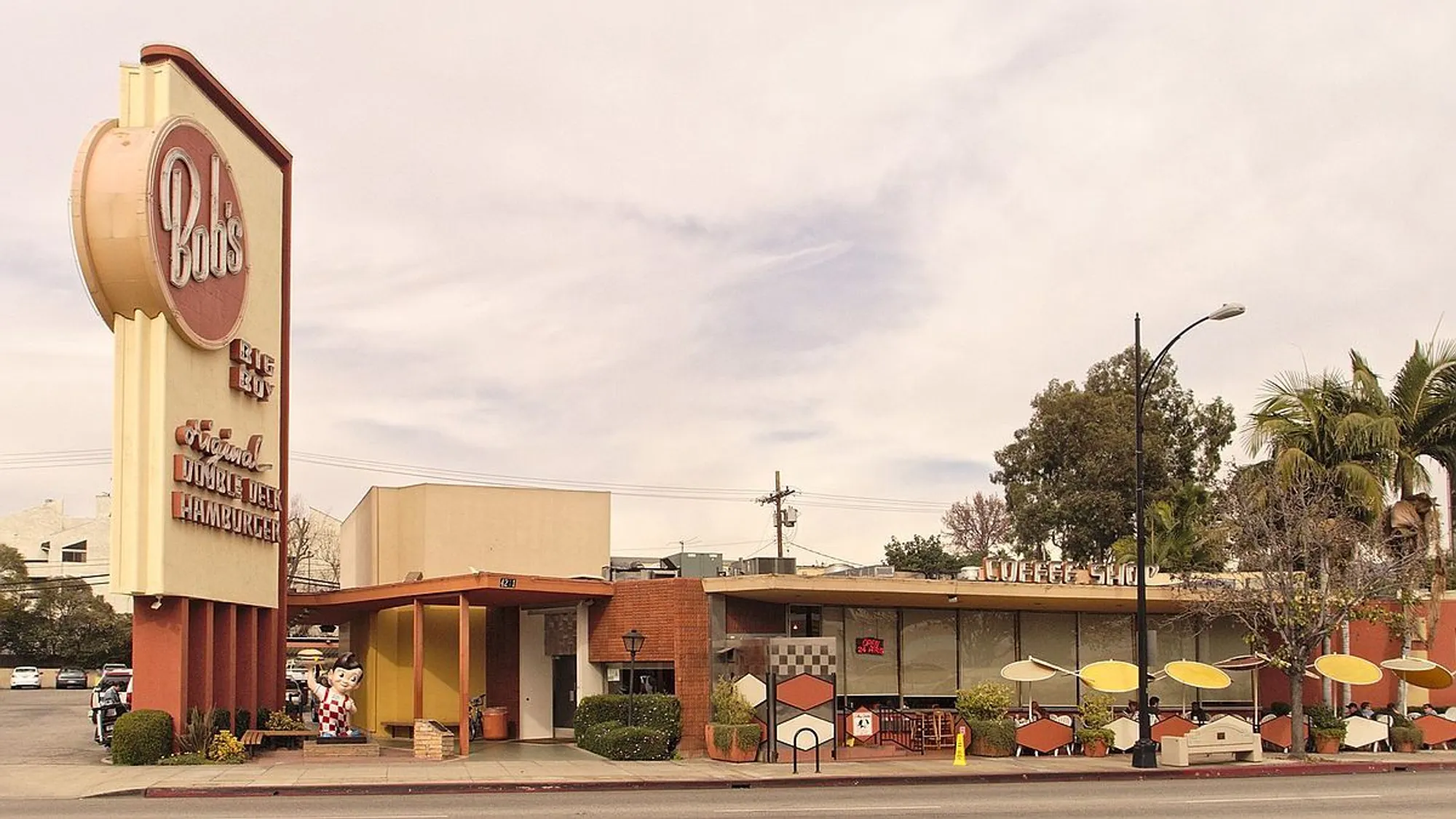
Bob’s Big Boy’s double-decker burgers and iconic mascot became a staple of American highways in the 20th century. The chain is still holding on in about 100 locations in California and the Midwest.
Bennigan’s
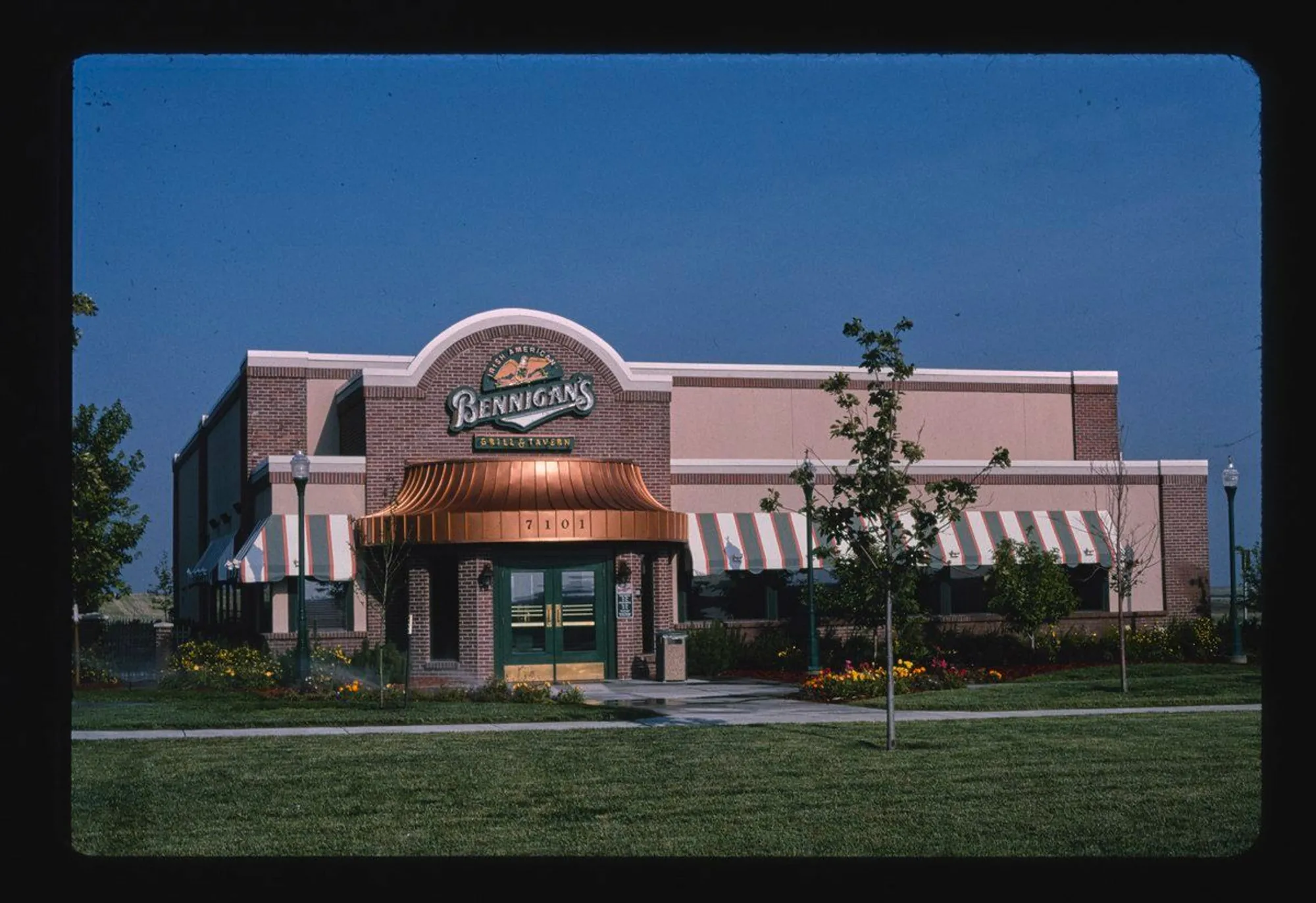
Bennigan’s was one of America’s first casual dining/sports bar chains. However, they always lagged behind similar concepts from contemporaries Friday’s, Applebee’s, and Chilies. The chain was sold several times and filed for bankruptcy in 2008. New ownership has kept 23 locations open in the U.S.
Ponderosa Steakhouse and Bonanza Steakhouse
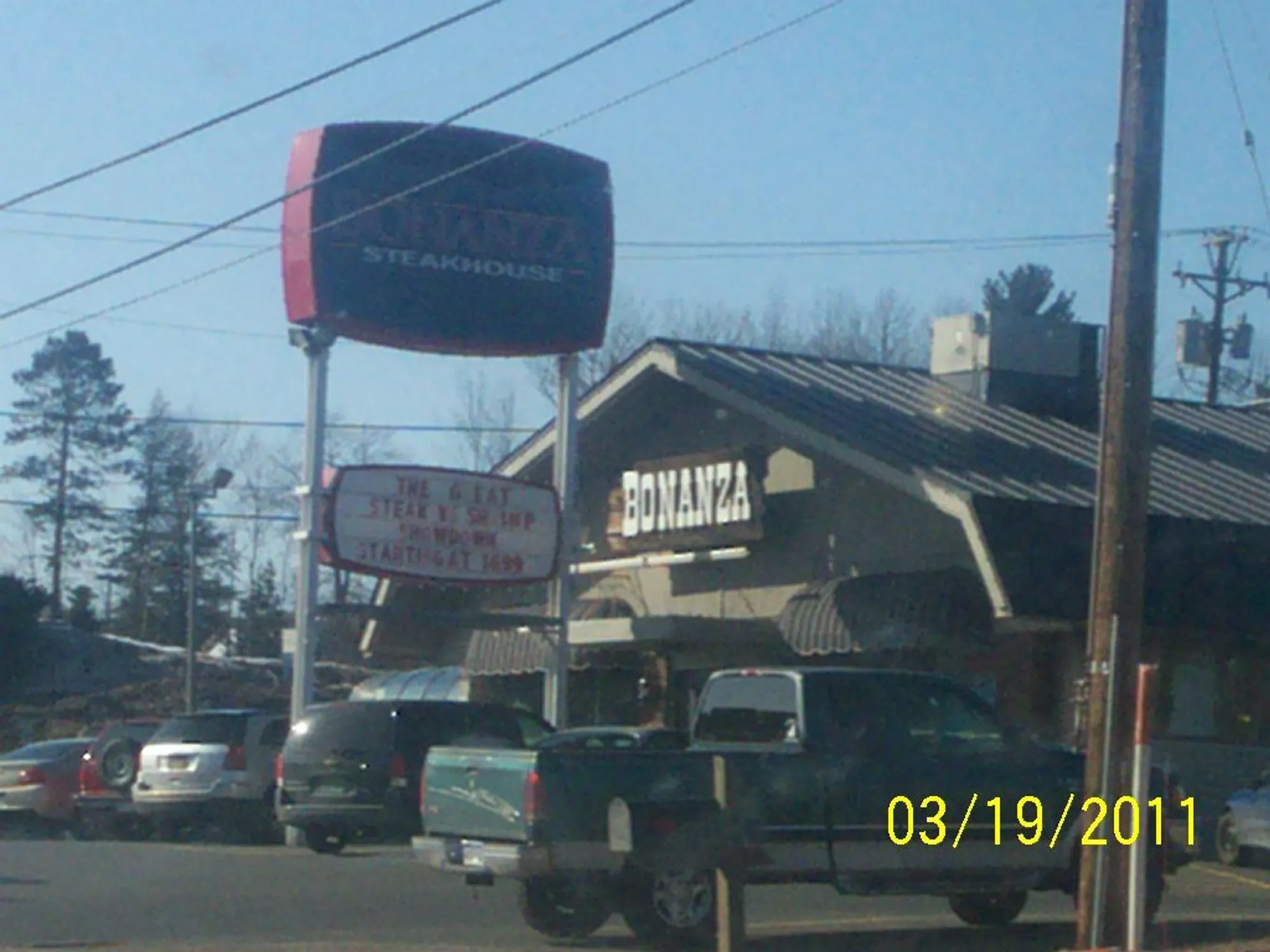
Ponderosa and Bonanza Steakhouses, now owned by the same parent company, once numbered around 600 combined in the United States. Today, the total of both stands around 80 across the country.
Charlie Brown’s Steakhouse
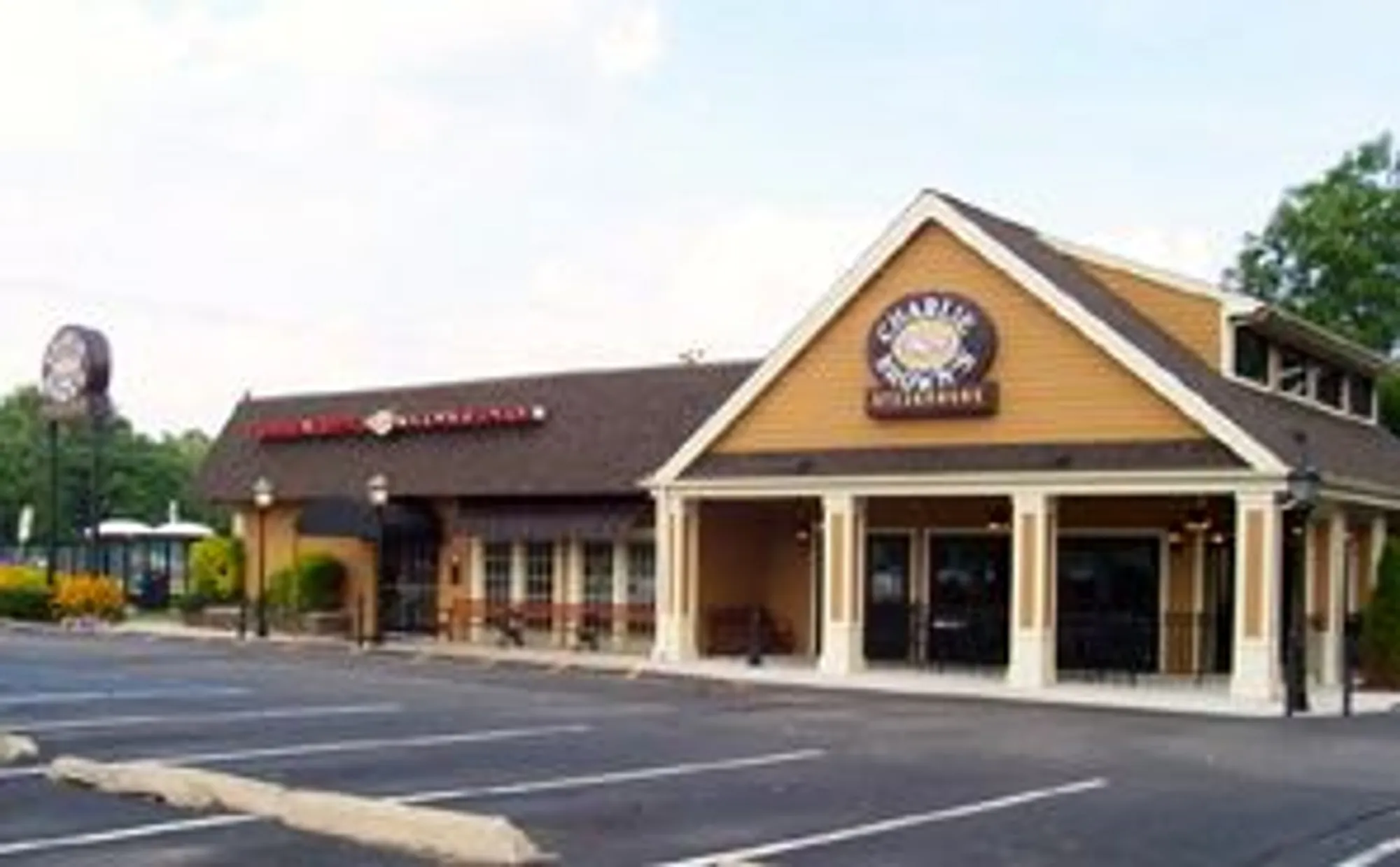
Charlie Brown’s was a quickly-growing regional chain out of New Jersey in the 80s and 90s. The corporation went out of business, though some franchise owners have stayed open.
Naugles
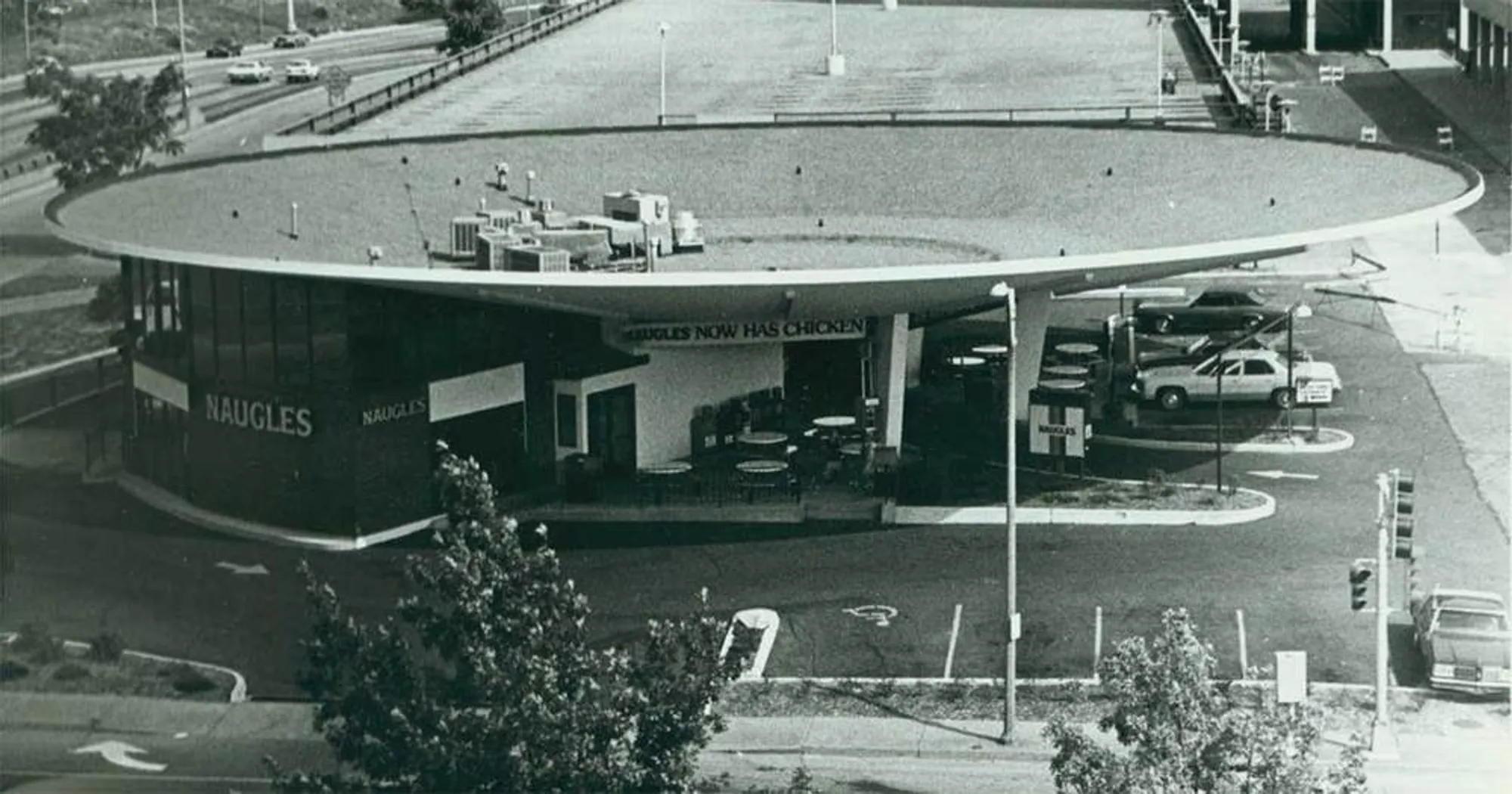
Naugles had a very respectable 25-year run from 1970-to 1995. A Mexican fast-food establishment with locations all over the United States, its charming motto was, “Prepare food fresh. Serve customers fast. Keep the place clean!” Have to respect that, right? There were as many as 225 locations by the mid-80s, with the final one — in Carson City, Nevada — closing its doors in 1995. In 2015, entrepreneur Christian Ziebarth revived the restaurant. There are currently two locations in California.
Druther’s
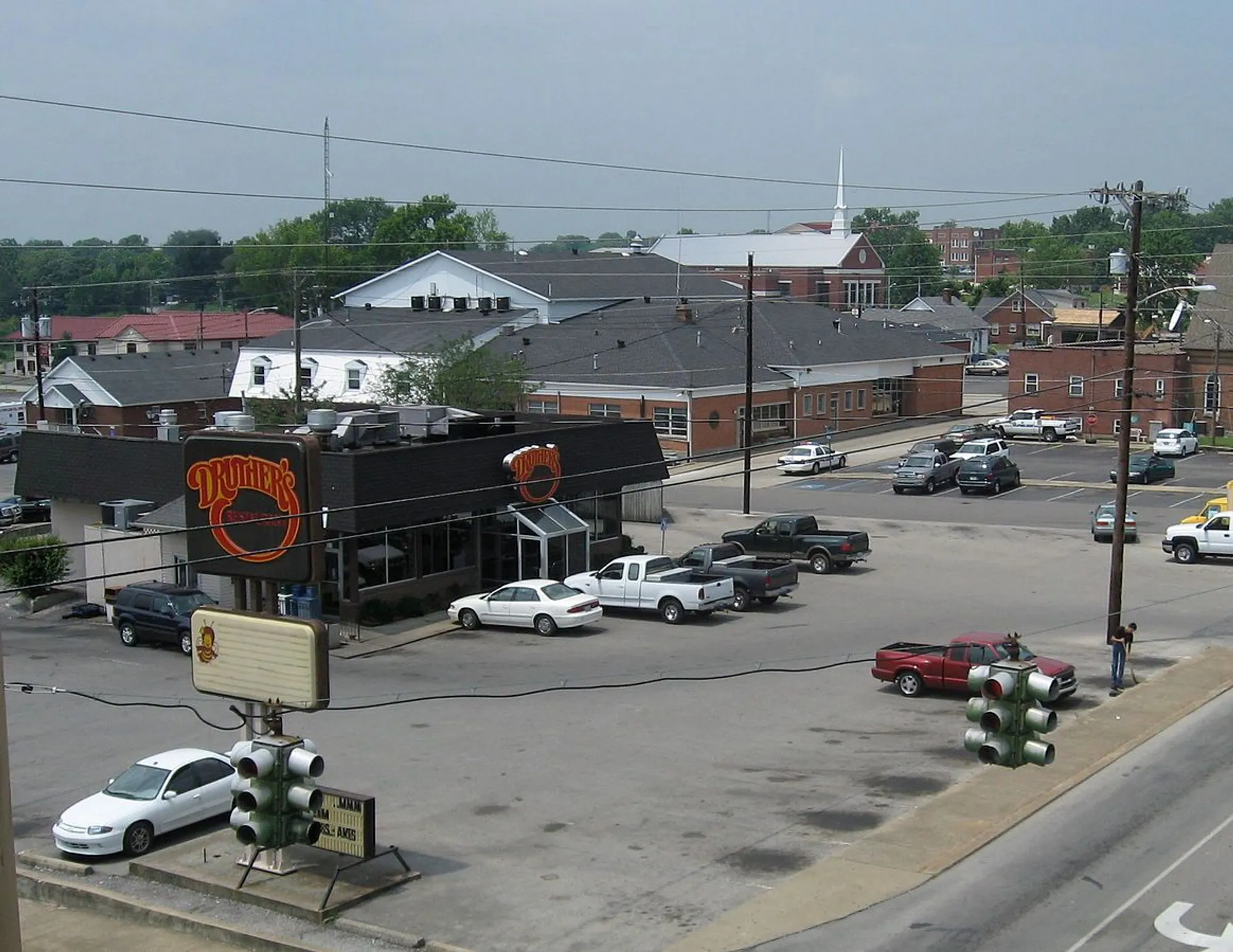
Druther’s, also known as Burger Queen, was a chain of restaurants that operated between 1963-1981. Based in Louisville, Kentucky, the burger/fried chicken joint’s mascot was a giant bee named Queenie Bee. Another of the company’s characters, Andy Dandytale, was targeted at kids. In the spirit of old-school slogans, the restaurant’s motto was, “I’d Ruther Go to Druther’s Restaurant.” Though the chain is long defunct, one of Druther’s remains in Campbellsville, Kentucky.
Henry’s Hamburgers
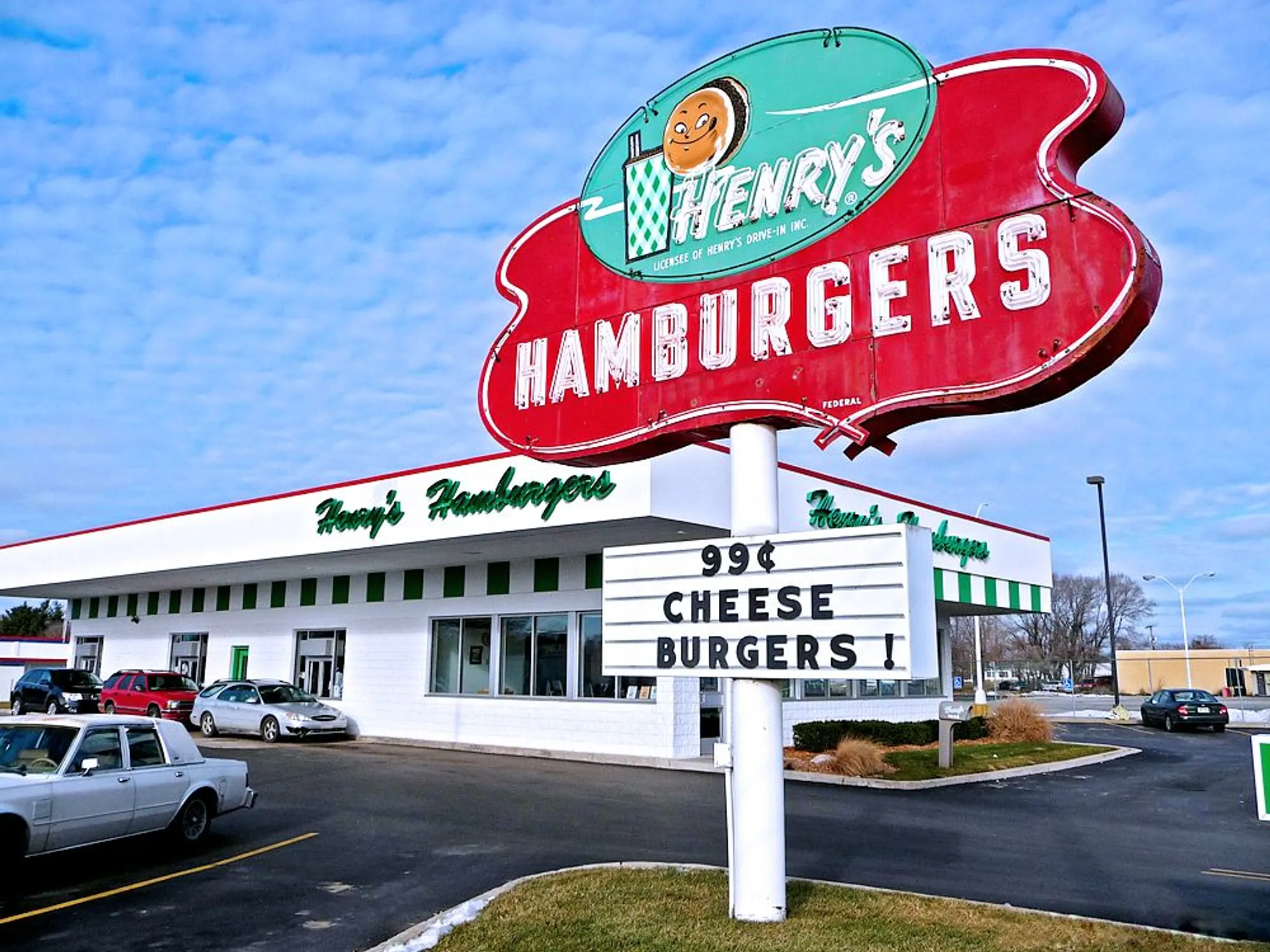
In the 1950s, people in business in the restaurant industry were attempting to mimic the success of McDonald’s, and thus you had establishments such as Henry’s. Henry’s was a significant player in the 50s, 60s, and 70s: By the early 60s there were over 200 of them—more than McDonald’s had at the time.
Failure to adapt to the industry’s changes, competition from other fast-food burger chains, and a controversy involving the use of horse meat are all cited as potential factors of the chain’s rapid downfall. Only one Henry’s, in Benton Harbor, Michigan, remains.
Pup ‘N’ Taco
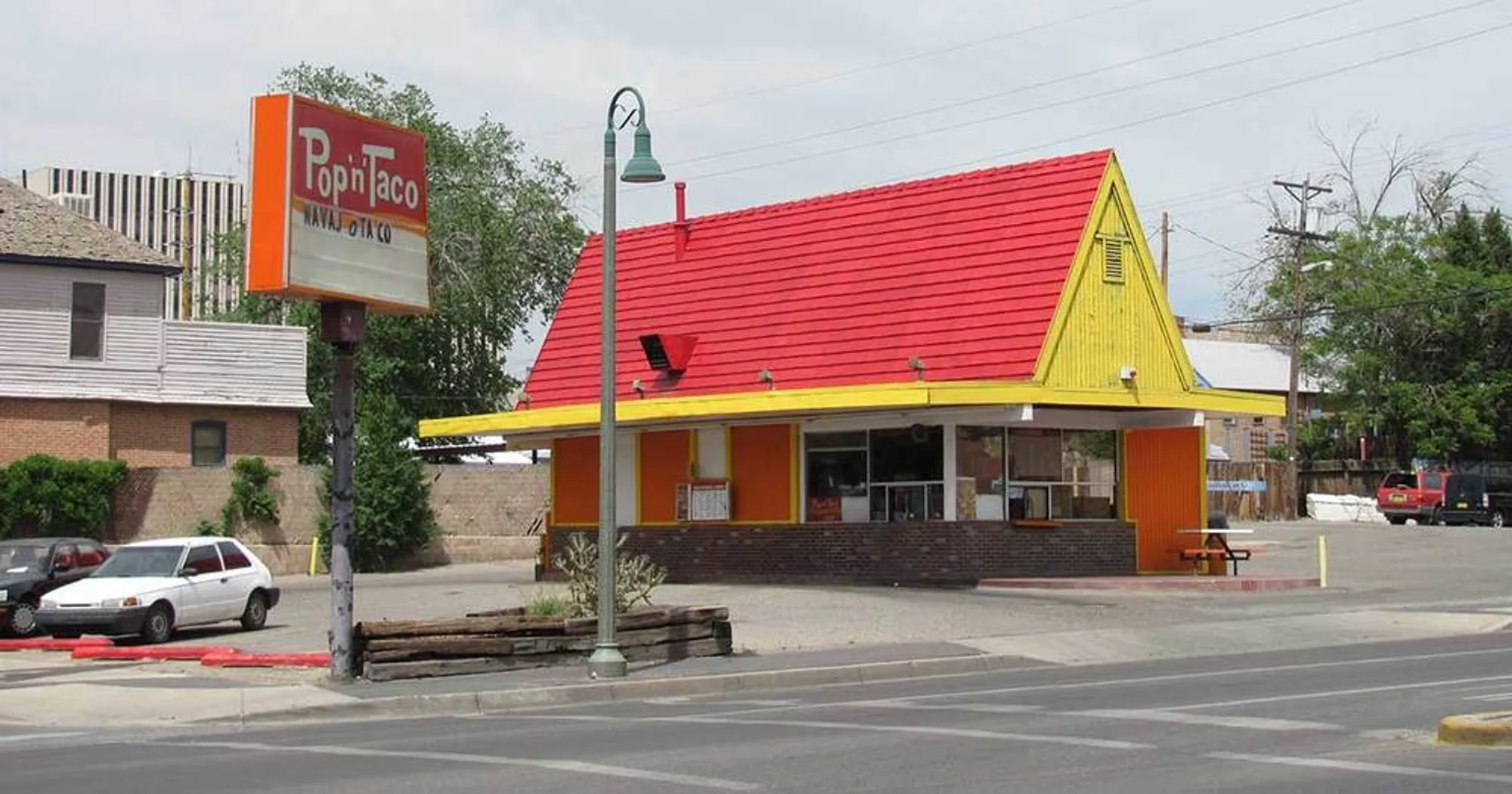
Pup ‘N’ Taco had a very diversified menu: You could get tacos, hamburgers, hot dogs, and pastrami sandwiches. The first restaurant opened in 1965, and success came quickly after that: By 1973 there were 62 of them.
In 1984, Taco Bell bought 99 Pup ‘N’ Taco restaurants in California, but not three stores in Albuquerque, two of which went by the name “Pop ‘N’ Taco” (pictured). Those stores finally closed in the 2010s.
D’Lites
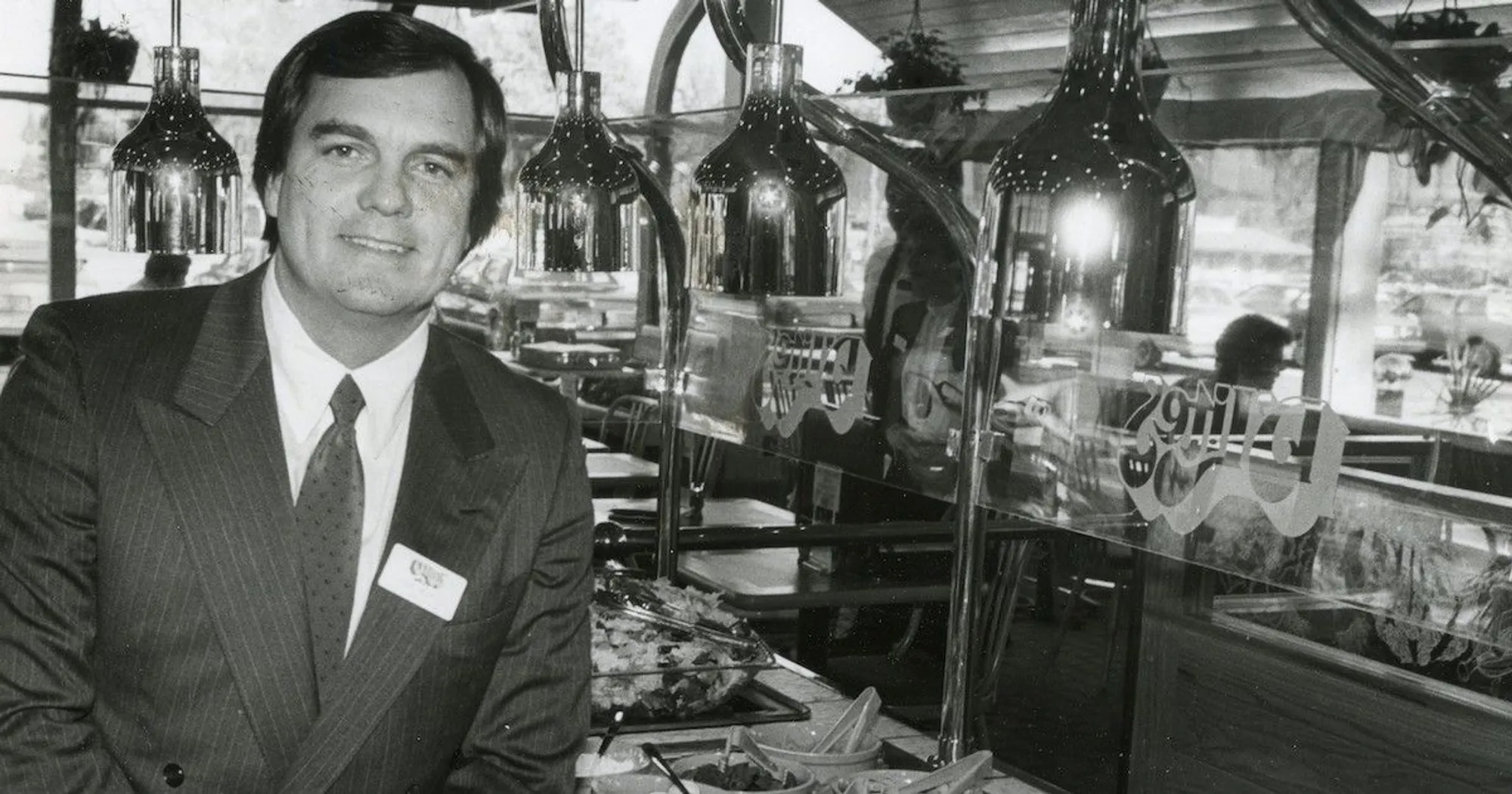
D’Lites used a rather unusual tactic for a fast-food restaurant, selling itself on its nutritional value. It boasted about low-calorie cheese, buns high in fiber, and hamburgers made with lean beef.
Founded in 1978, there were more than 100 locations by 1985. Success was fleeting, though. The company ceased franchising in 1986 and filed for bankruptcy, and a year later it sold 90 percent of its restaurants to Hardee’s.
A&W Drive-Ins
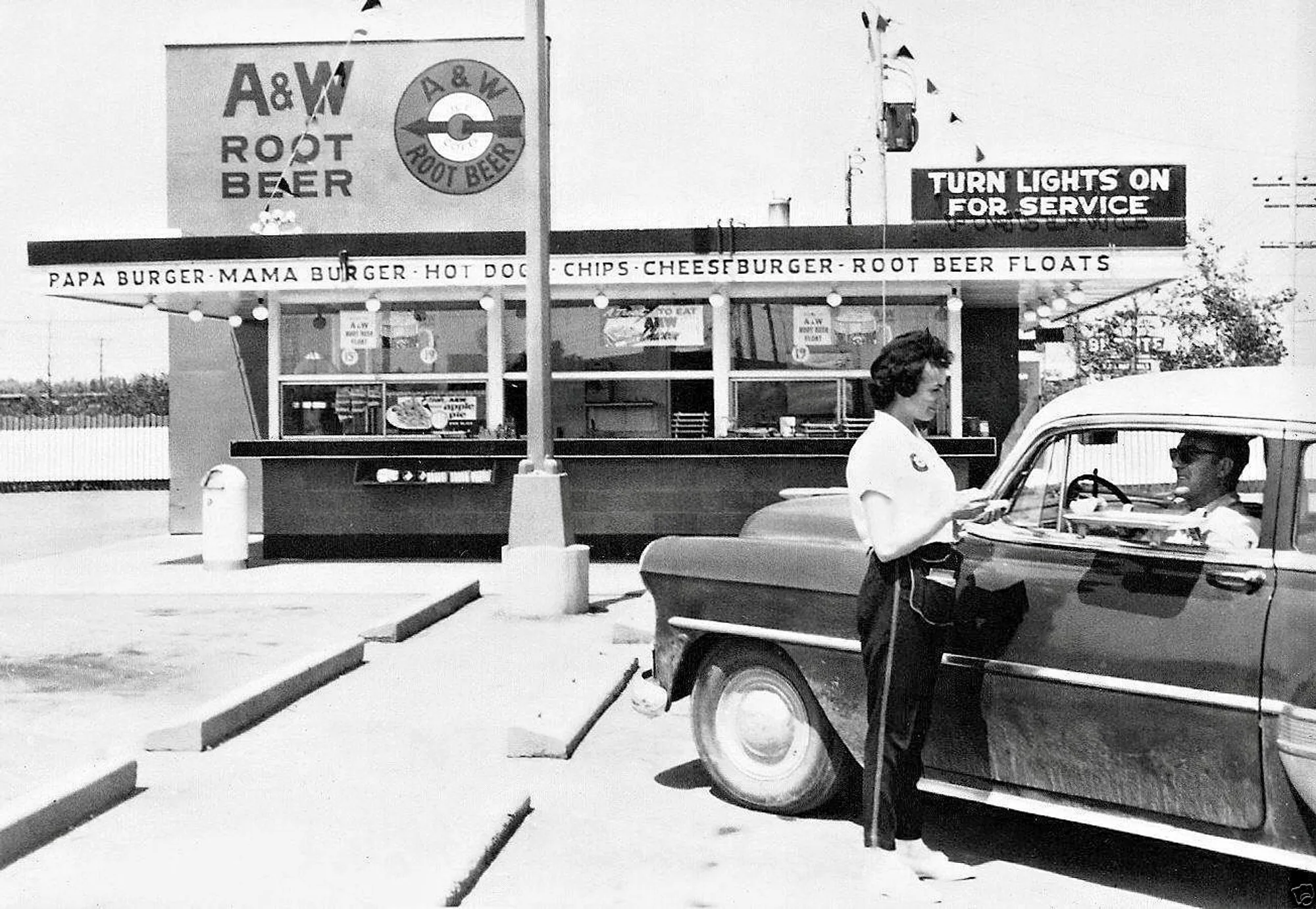
A&W Restaurants, Inc. is a chain of fast-food restaurants that came to be synonymous with draft root beer and root beer floats. Best known were its “frosty mugs”. Founded in 1919, it was one of the country’s oldest chains (noted for introducing drive-thru service), and it is set to continue that legacy when it opens more restaurants than it ever initially closed down. Nice to have you back, A&W.
Carrols Restaurants
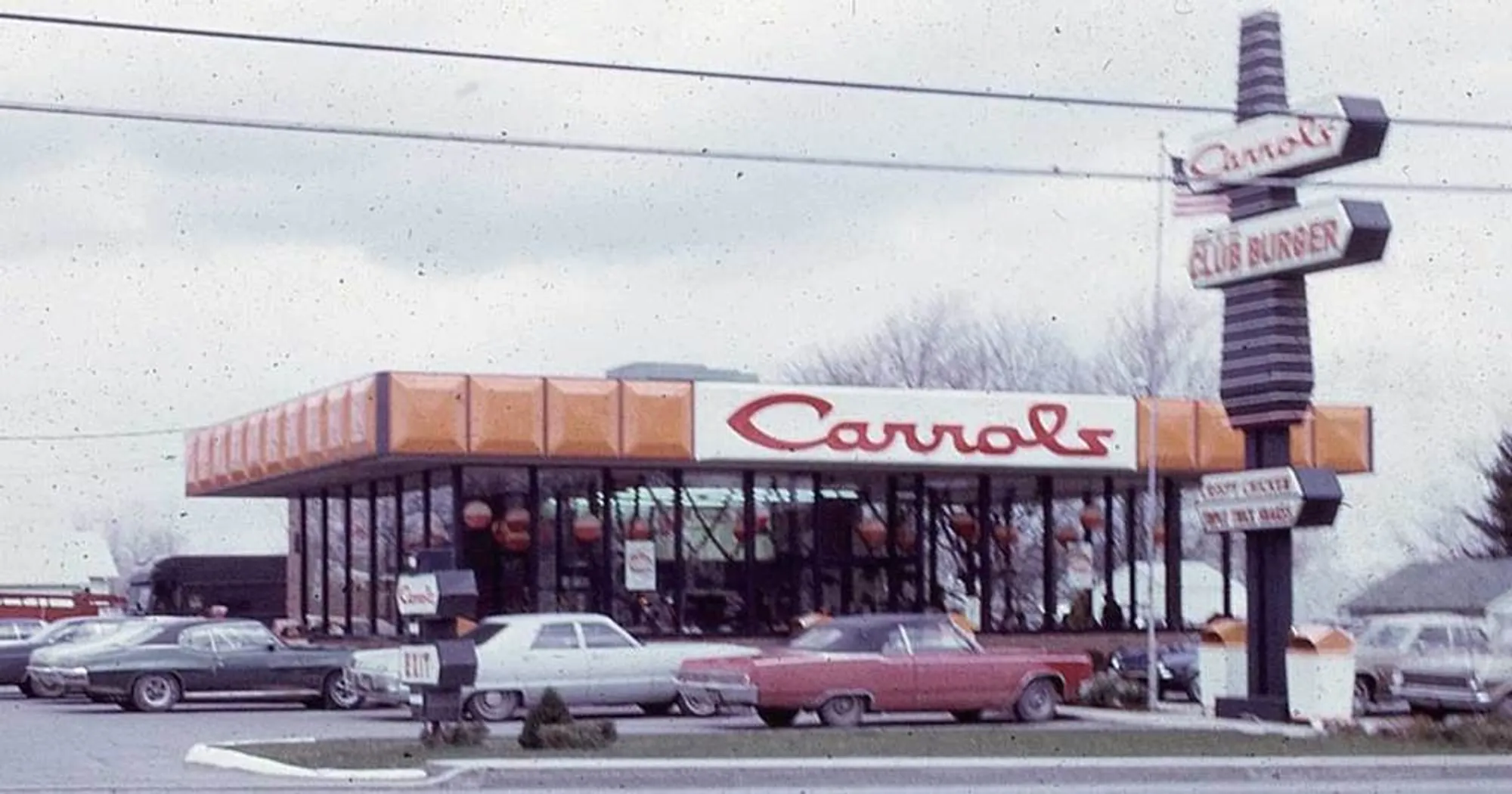
Believe it or not, there was a fast-food existence before McDonald’s and Burger King. Carrols is the OG of burger dining. Carrols had the Club Burger, it sold special Looney Tunes glasses and hamburgers that were once 15 cents (okay, in the 1960s, but still!) When Burger Kings kept opening up around Carrol’s turf, founder Herb Slotnick eventually gave in to the stiff competition and transformed his restaurants into Burger Kings too. That was a whopper shame.
Watson
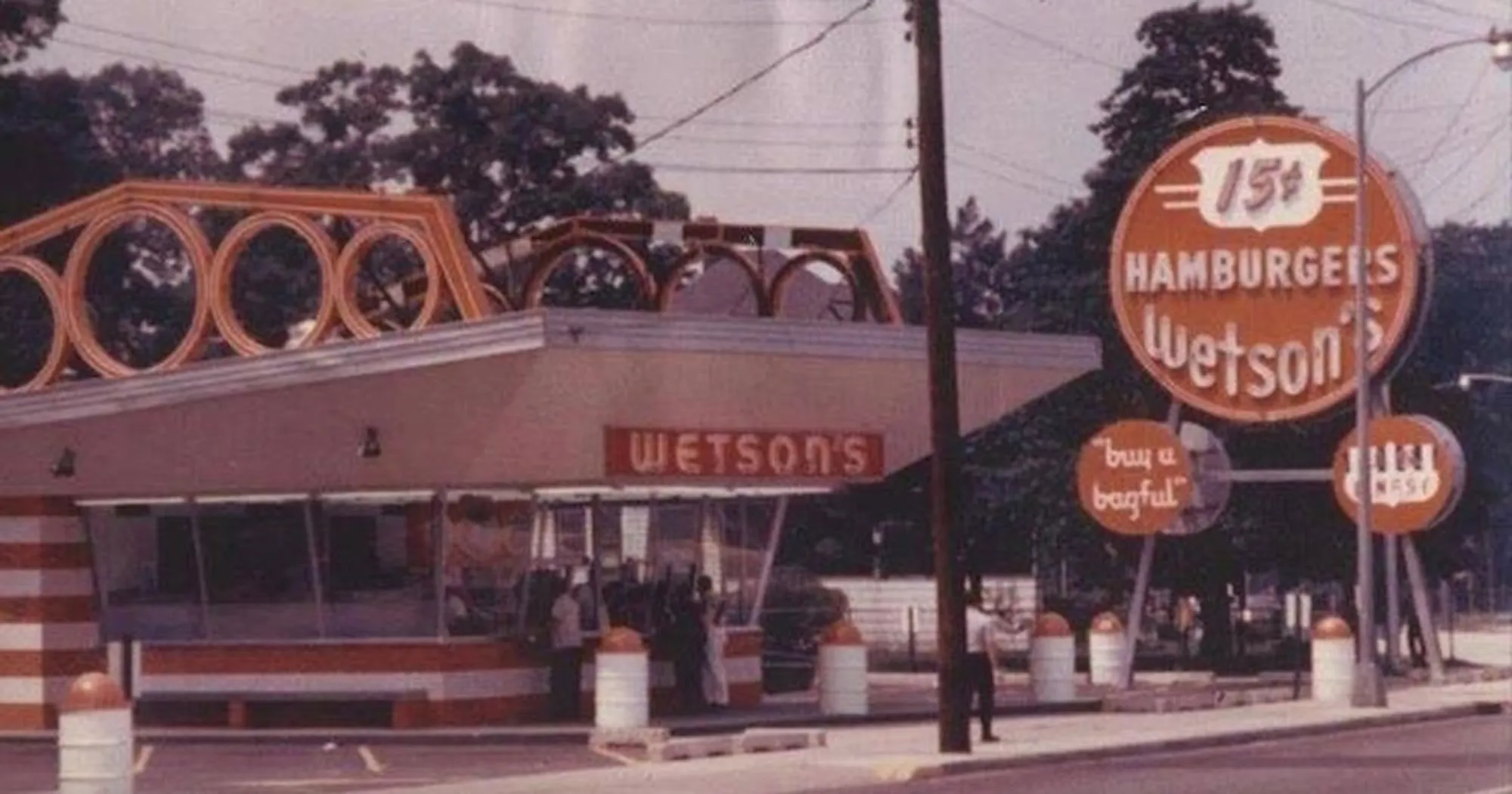
Long Island-native Herb Wetanson, the founder of the Watson burger chain, was inspired to launch his restaurant after seeing the original McDonald’s while on a road trip in California.
With help from his family, Wetanson opened the first Wetson’s in the Levittown neighborhood of Long Island in 1959. Initially, the chain and its 15-cent hamburgers were a massive success.
However, the chain fell on hard times when McDonald’s and Burger King aggressively expanded into the New York market in the 1970s. By the end of the decade, Wetson’s was but a memory.
Rax Roast Beef
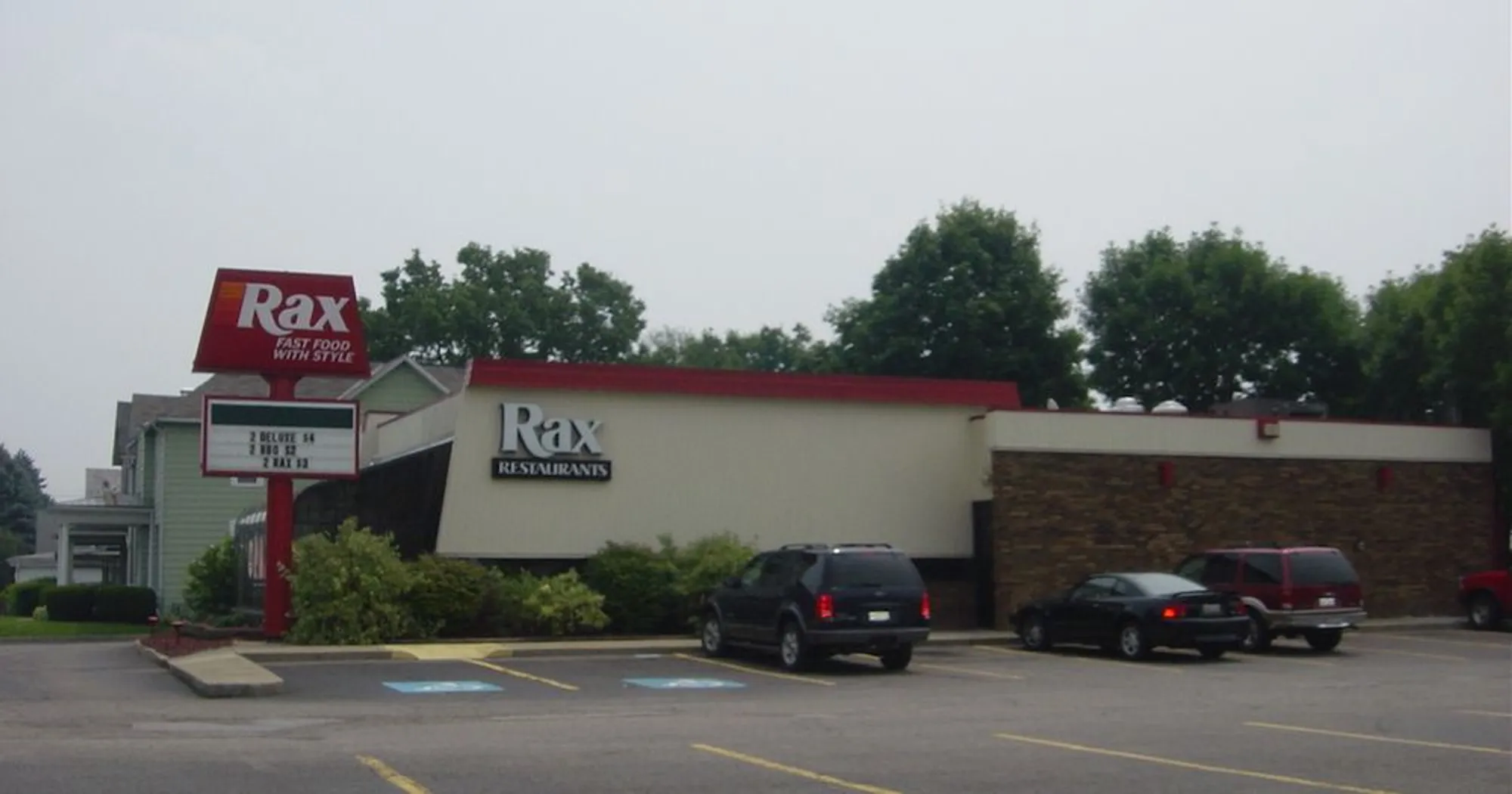
Rax Roast Beef has gone through several names over the restaurant chain’s history.
Originally Jax Roast Biff, and later Rix Roast Beef, Rax saw its largest period of success in the 1980s, when the introduction of salad bars and other food stations briefly made Rax one of the country’s more successful chains.
Mismanagement and other issues hurt the business in the early 1990s, and as of 2017, there are only a handful of Rax locations still in operation.
Claudia Sanders, The Colonel’s Lady
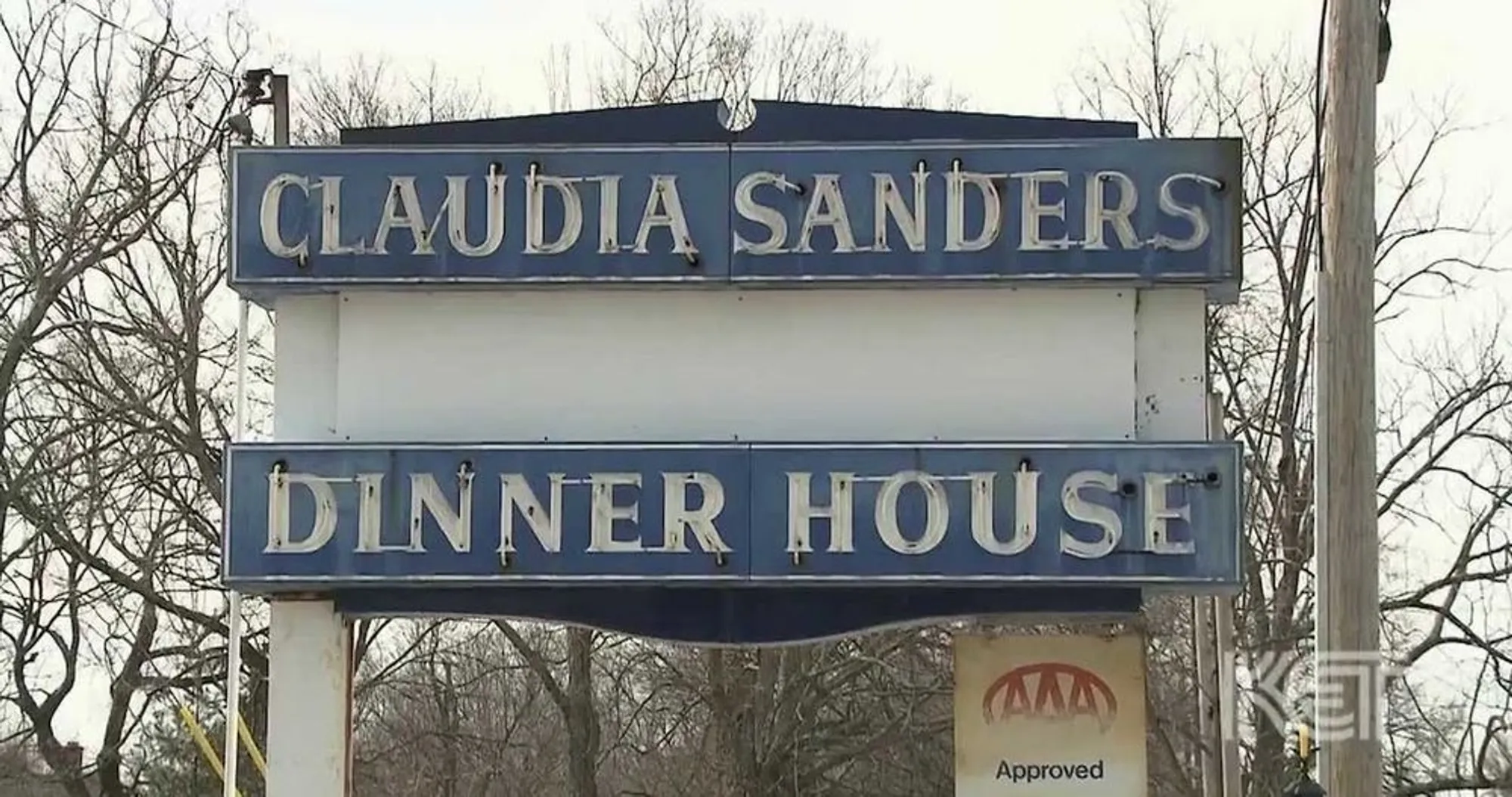
Claudia Sanders, The Colonel’s Lady could best be described as the restaurant franchise that never was.
By the mid-1960s, Kentucky Fried Chicken founder Harlan Sanders had sold his interest in the franchise (though he maintained his spokesperson role).
Sanders and his wife then reopened a new, sit-down restaurant that served his chicken called Claudia Sanders, The Colonel’s Lady.
The couple considered expanding the restaurant into several locations; however, they were hit with a lawsuit by the owners of KFC.
Eventually, a settlement was reached that allowed the Sanders’ to continue selling the chicken at one location in Shelbyville, Kentucky, which is still in operation today.
Red Barn
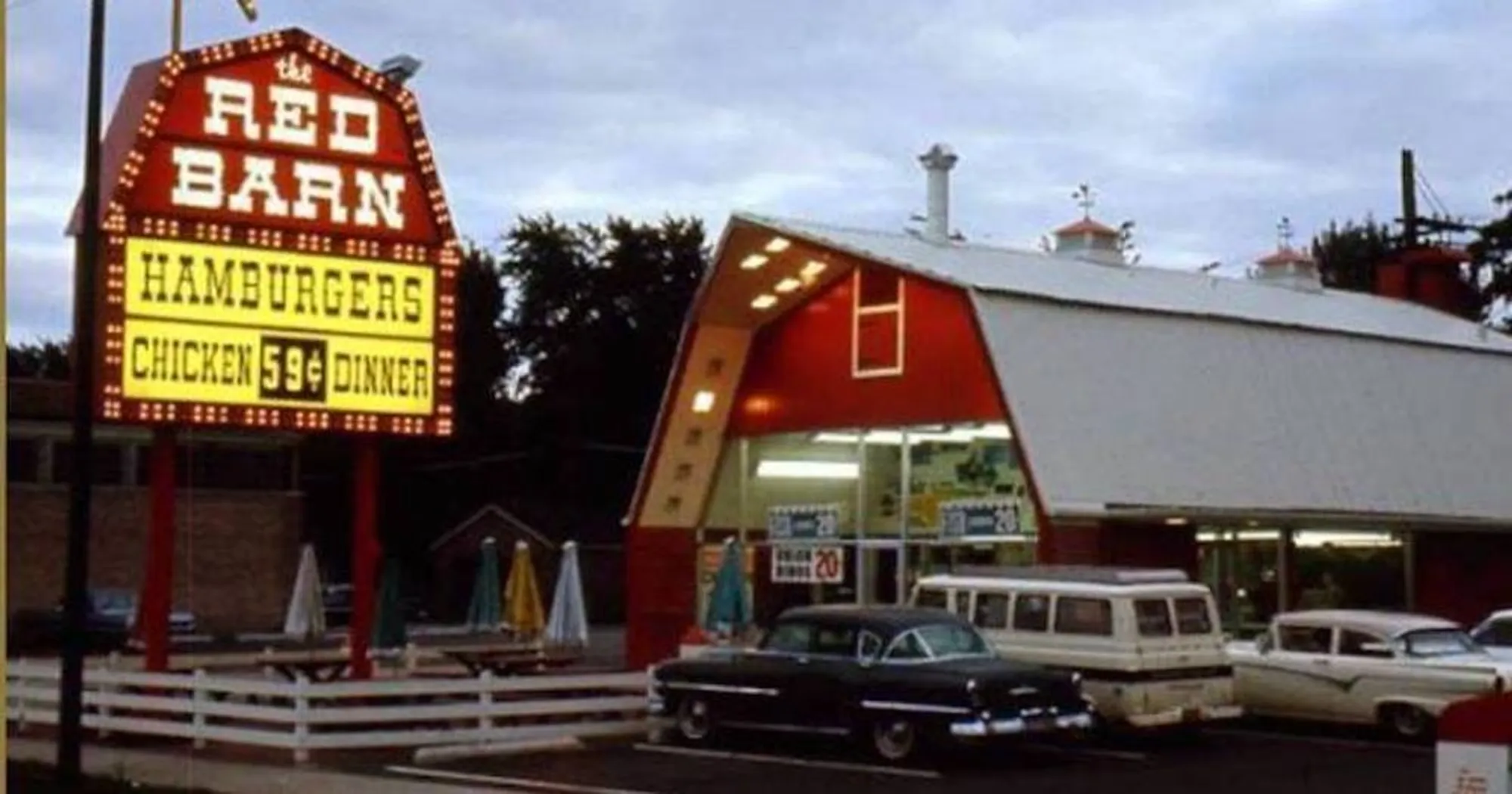
At its height around the middle of the 20th century, the Red Barn franchise — known for distinctive barn-style architecture and Big Barney burgers — had between 300 and 400 restaurants in 19 states, as well as outlets in southern Ontario, elsewhere in Canada, and Australia.
However, corporate ownership withdrew support from the chain in the 1980s, beginning a slow death spiral for Red Barn. As of 2017, there’s still one still operating in Racine, Wisconsin.
Pioneer Chicken
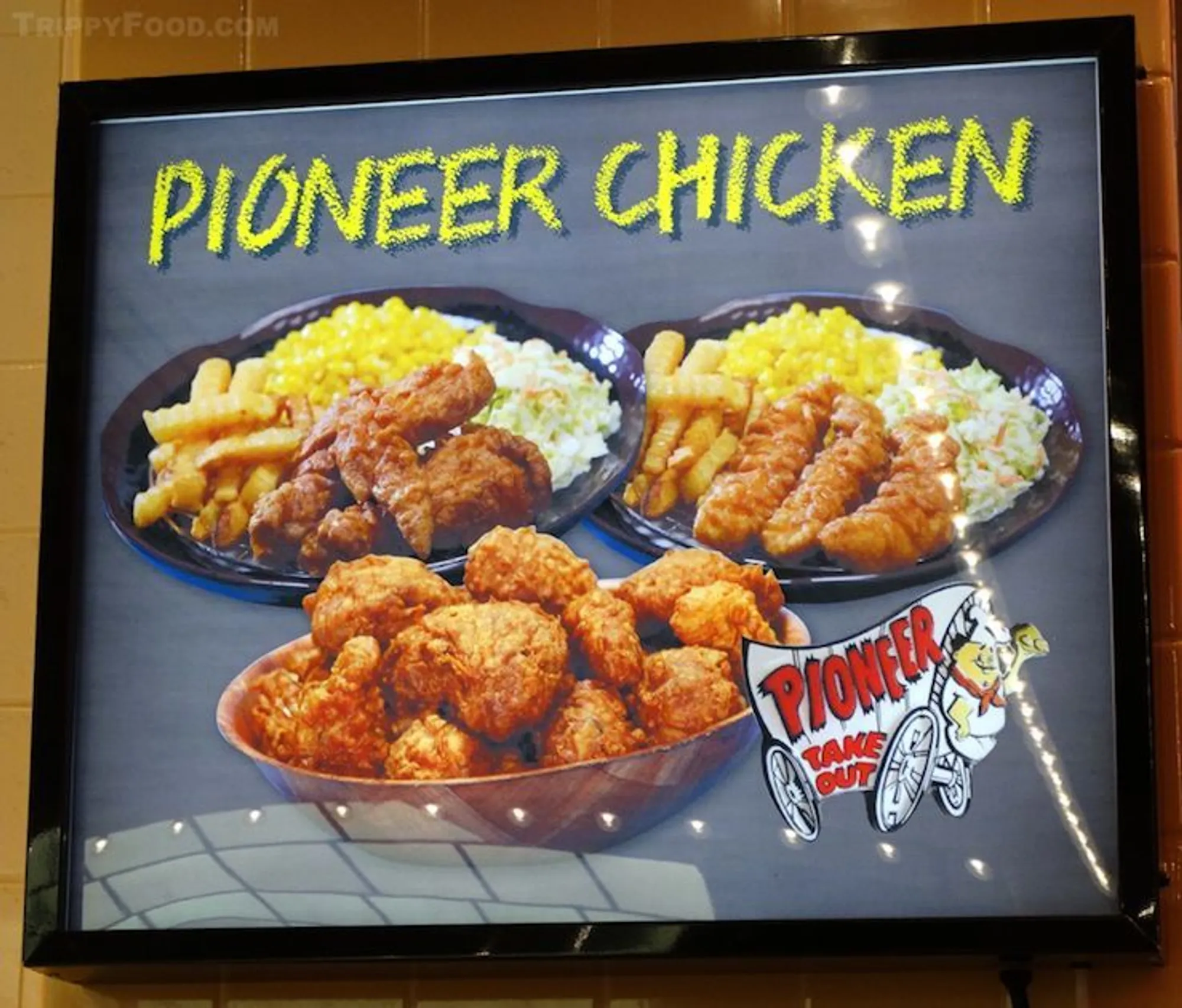
Pioneer chicken was a California staple in the 1980s. At its height, the chain had 270 stores and was advertised by sports legends Chick Hearn and (pre-trial) O.J. Simpson.
However, Pioneer Chicken lost relevance and market share beginning in the 1990s. As of 2017, only two locations are remaining — one in Boyle Heights, California, and one in Bell Gardens, California.
Sandy’s
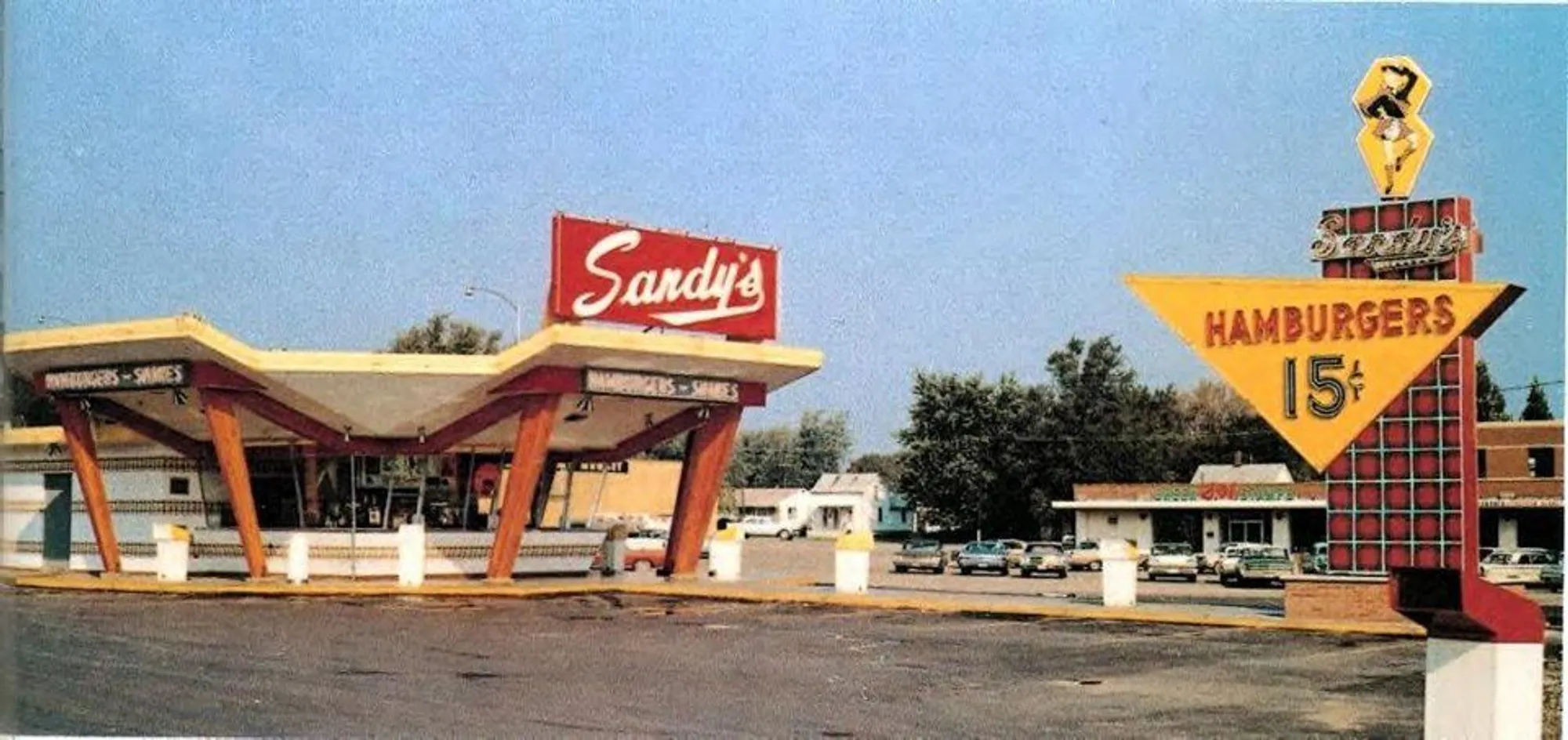
Sandy’s was launched in the mid-1960s by a group of McDonald’s franchise owners unhappy with the changing terms of their agreement with the company.
They offered similar menus to the golden arches, but there were key differences in their business structure, including operators of the restaurants owning their stores and not leasing from the corporation, and not being required to buy supplies from the corporation.
Sandy’s was a regional success for a period; however, by the early 1970s, financial issues forced them to sell to Hardee’s.
Mighty Casey’s
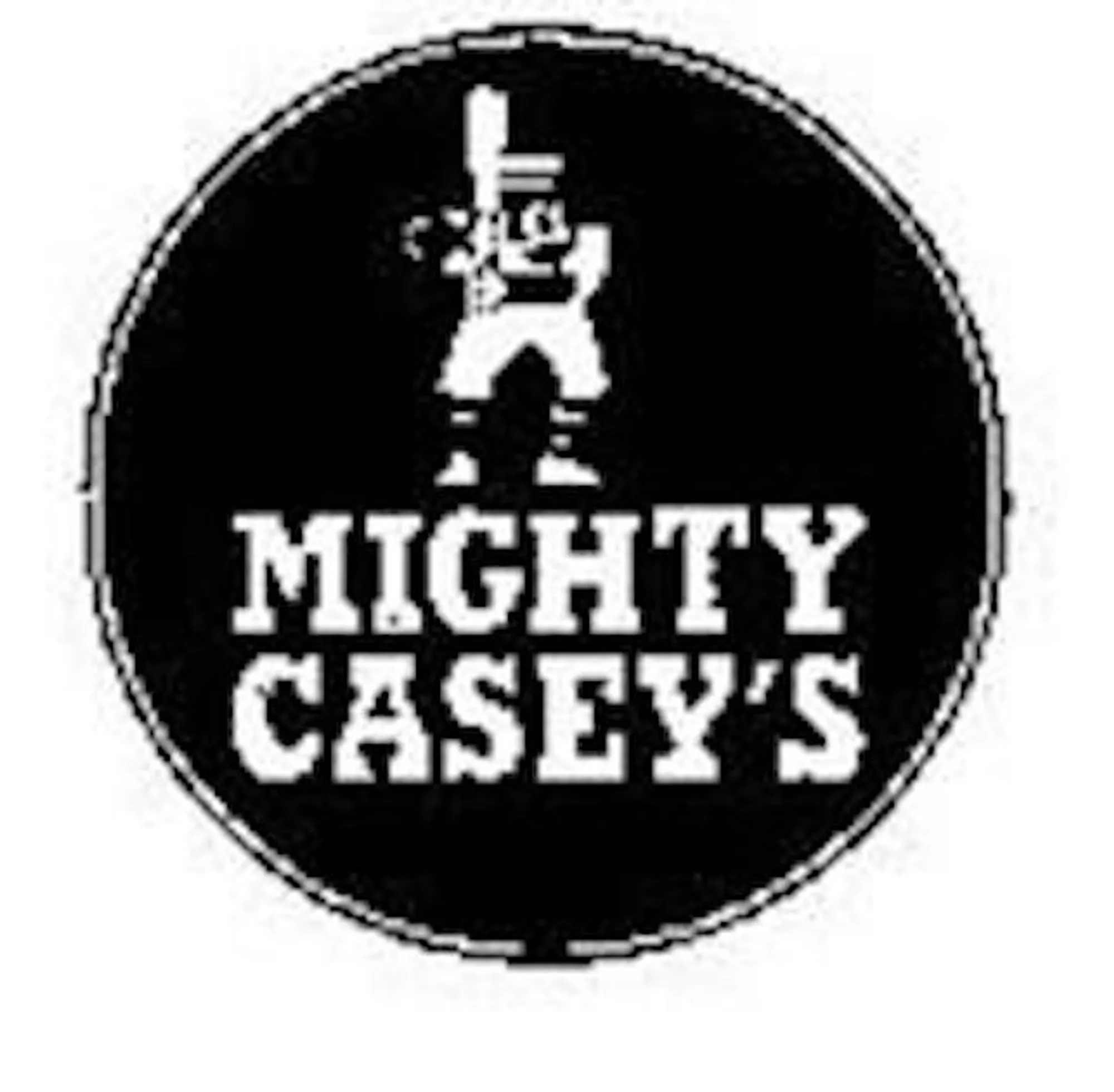
The baseball-themed Mighty Casey’s chain was –pardon the bun – a hit in the Atlanta area in the early 1980s. differentiating itself from the competition, Mighty Cases offered higher quality ingredients on items like the Grand Slam Burger. The chain was bought out by Krystal in the early 90s, and any remaining locations were converted to Krystals.
Yankee Doodle Dandy
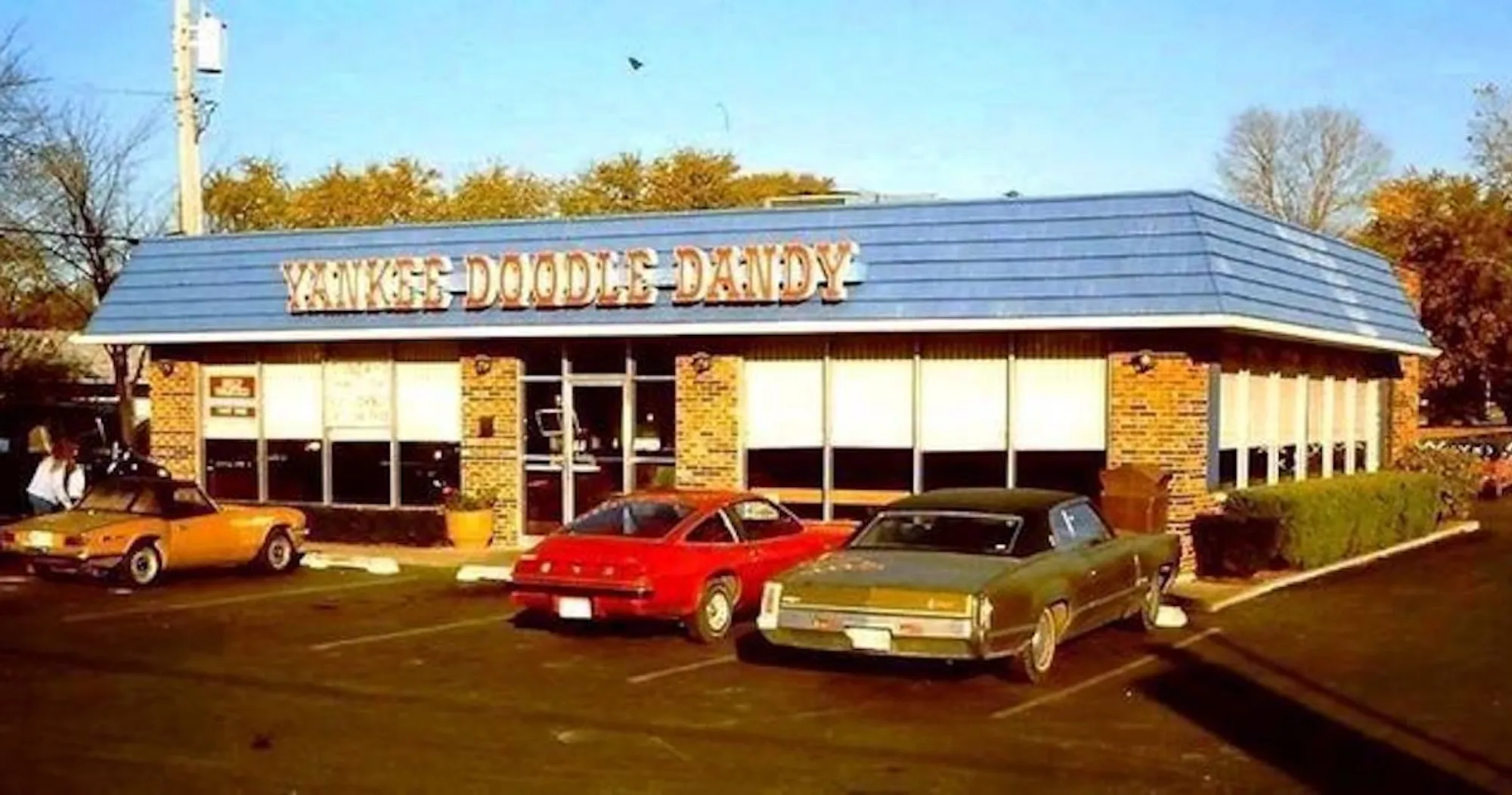
A bicentennial fever swept the United States in the late 1960s and early 1970s, and that included Bensenville, Illinois where brothers Chris and Bill Proyce founded the Yankee Doodle House in 1966. By 1976, the chain – then known as Yankee Doodle Dandy – featured near 30 restaurants in Chicago. Perhaps unsurprisingly, the chain featured a red, white, and blue color scheme themed to America, with a menu similar to Burger Chef. The chain went out of business in the early 1980s.
Winky’s
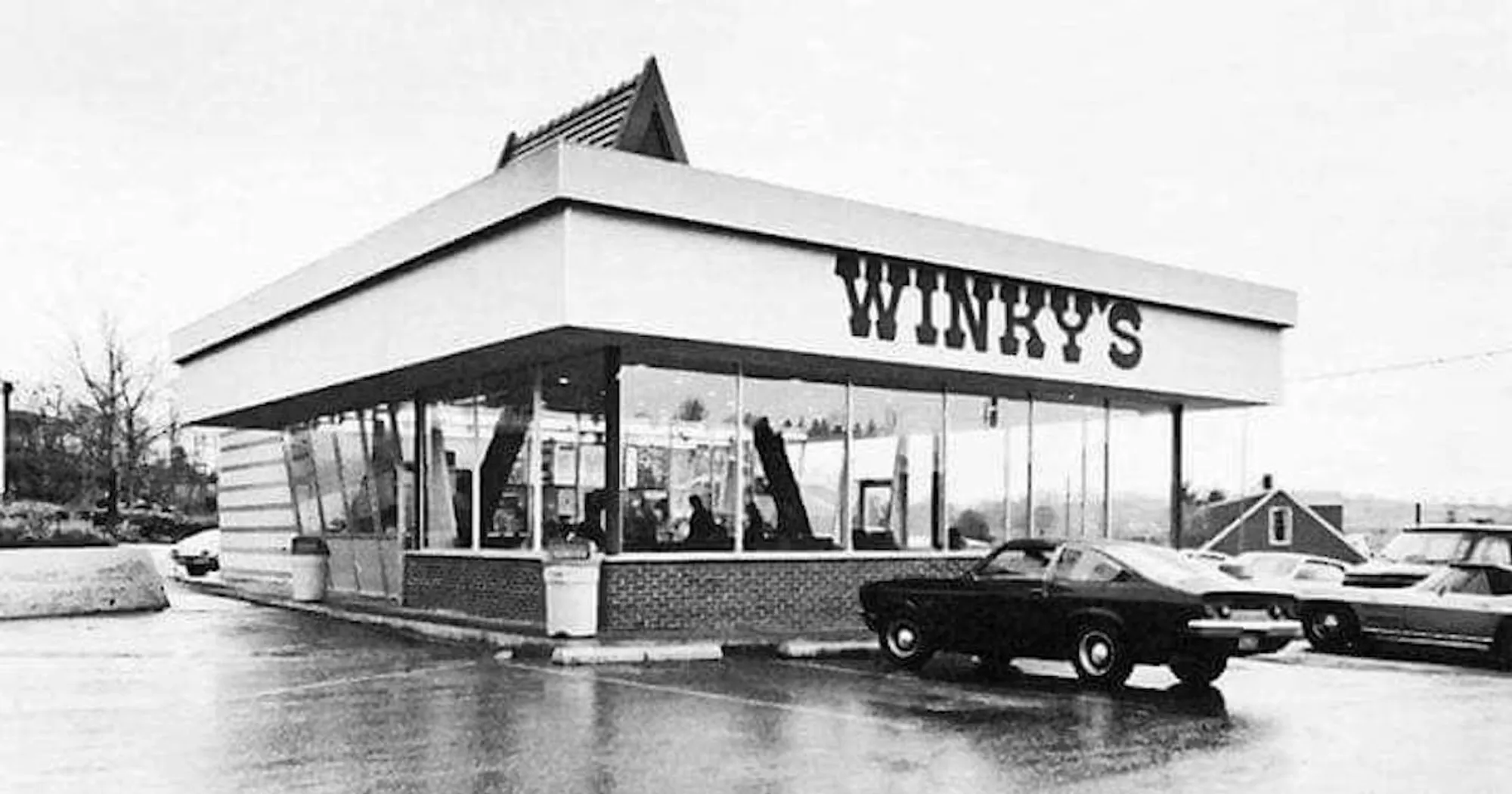
Winky’s was a Pittsburgh-area staple for a good chunk of the 20th century. The chain was founded by brothers Harold and Bernard Erenstein in 1963. With slogans including “Fast Food Cheap” and “Winky’s Makes You Happy To be Hungry,” Winky’s became well-known for its cheap hamburgers and hot dogs. At its height in the late 1970s, there were 42 stores in Pennsylvania, West Virginia, and Ohio. However, by 1982, the chain filed for Chapter 11 Bankruptcy and folded.
Wimpy Grills
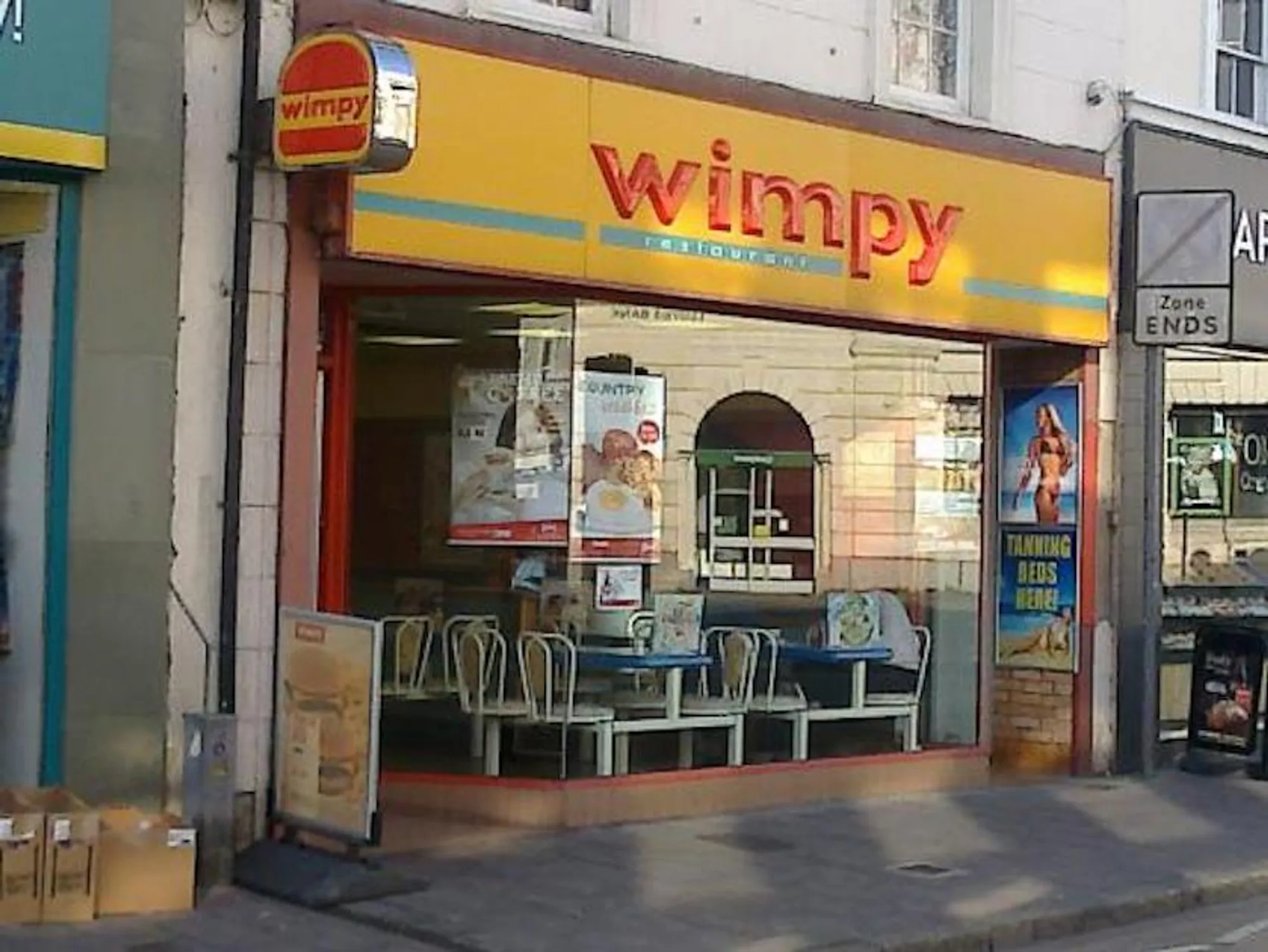
Wimpy Grills is one of the more interesting entries on our list. The hamburger chain was founded in Bloomington, Indiana in 1934. The chain med moderate success in the U.S., before going defunct in America in 1978. However, overseas was a different story, as Wimpy’s is still going strong internationally, especially in the U.K.
Royal Castle
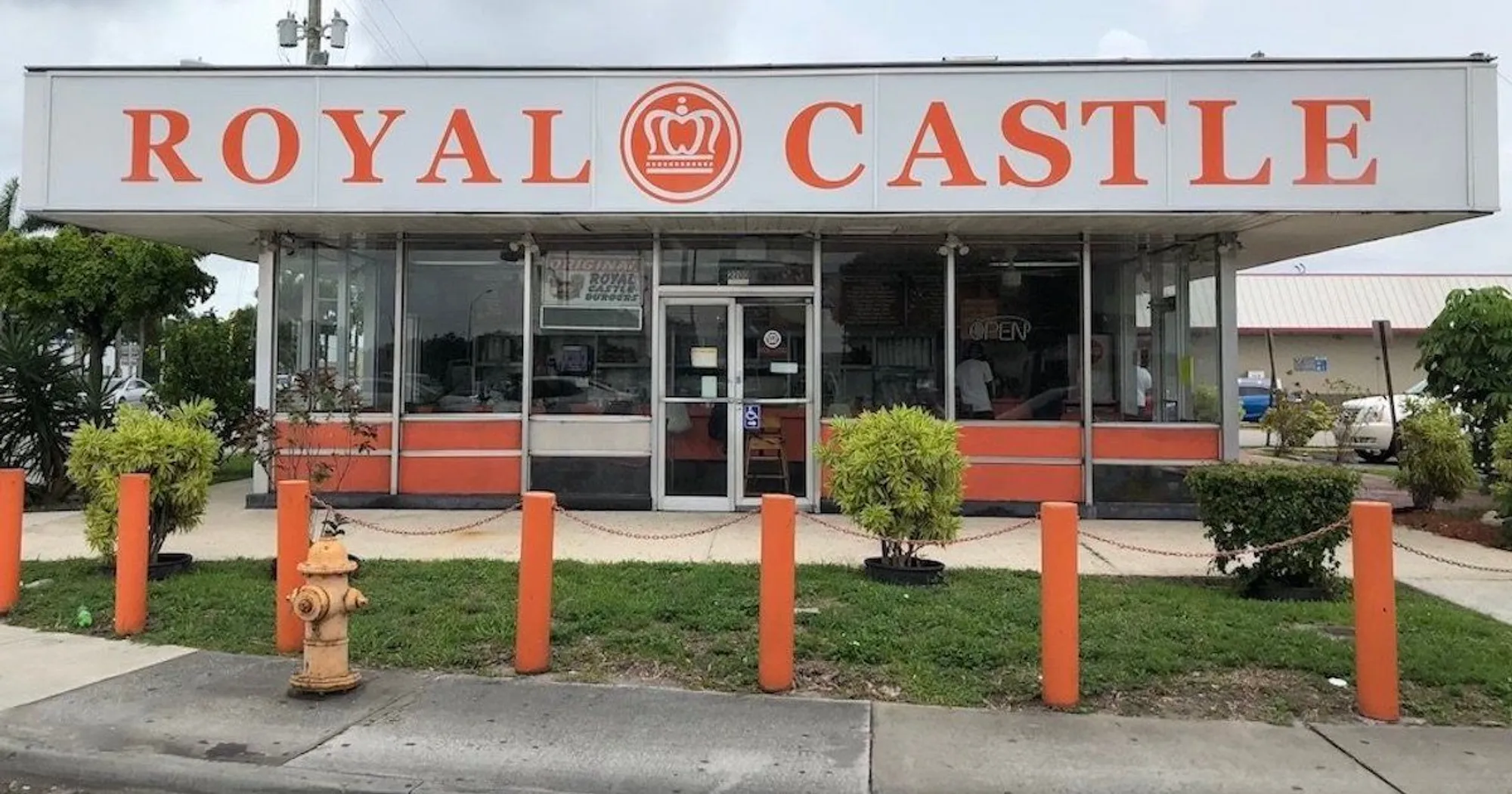
Royal Castle was founded in 1938 in Miami, Florida. Yet another White Castle clone, the franchise was known for miniature hamburgers and birch beer. The chain pushed through for decades, however by the 1970s its market share had all but evaporated. Today, there is one Royal Castle left, appropriately enough in Miami.
Two Pesos
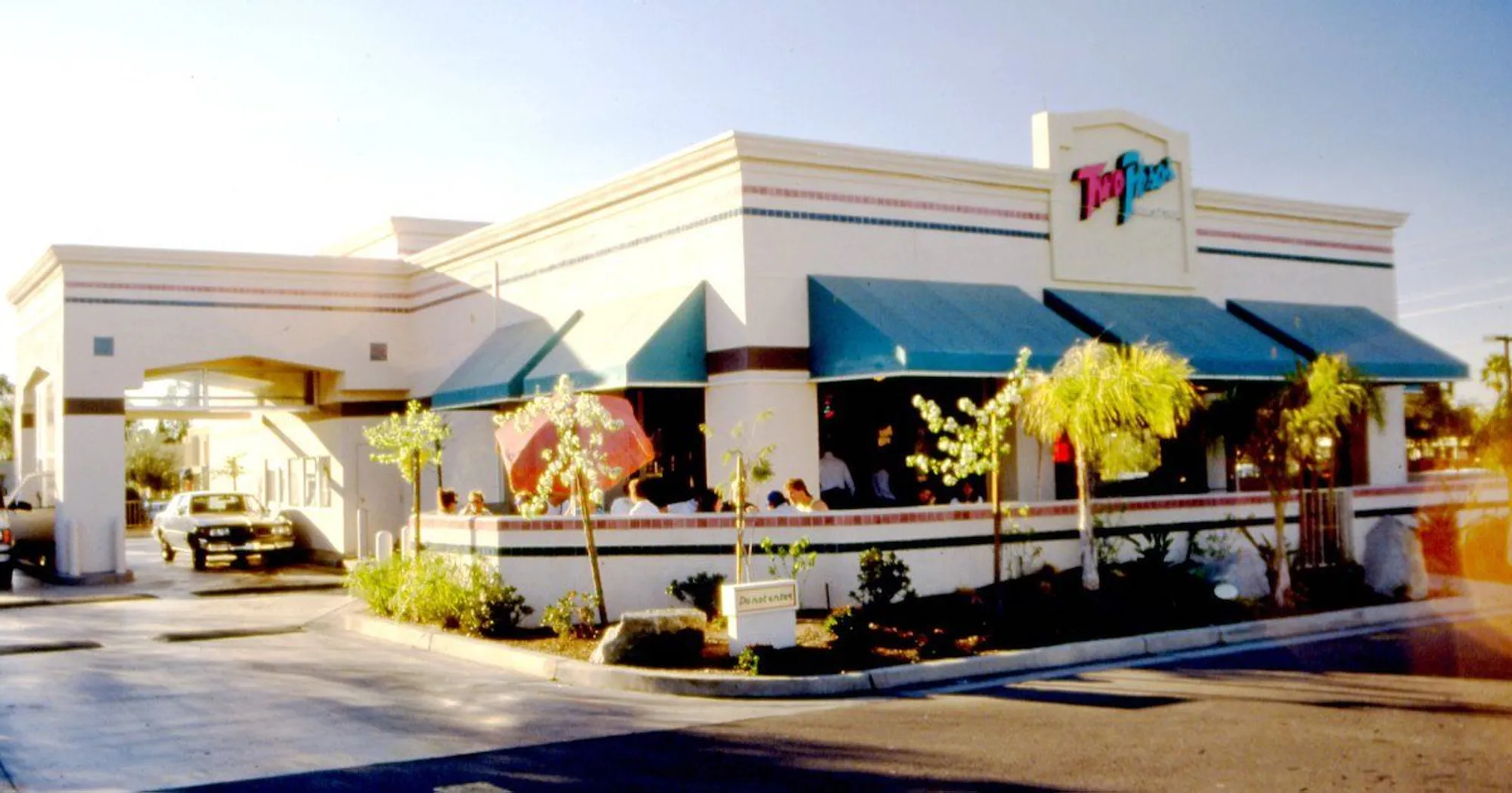
The Two Pesos chain was founded in Houston in 1982. The Tex Mex chain was an initial success. However, a drawn-out legal battle with similar chain Taco Cabana led to a defeat in court, and in turn, the chain shut down.